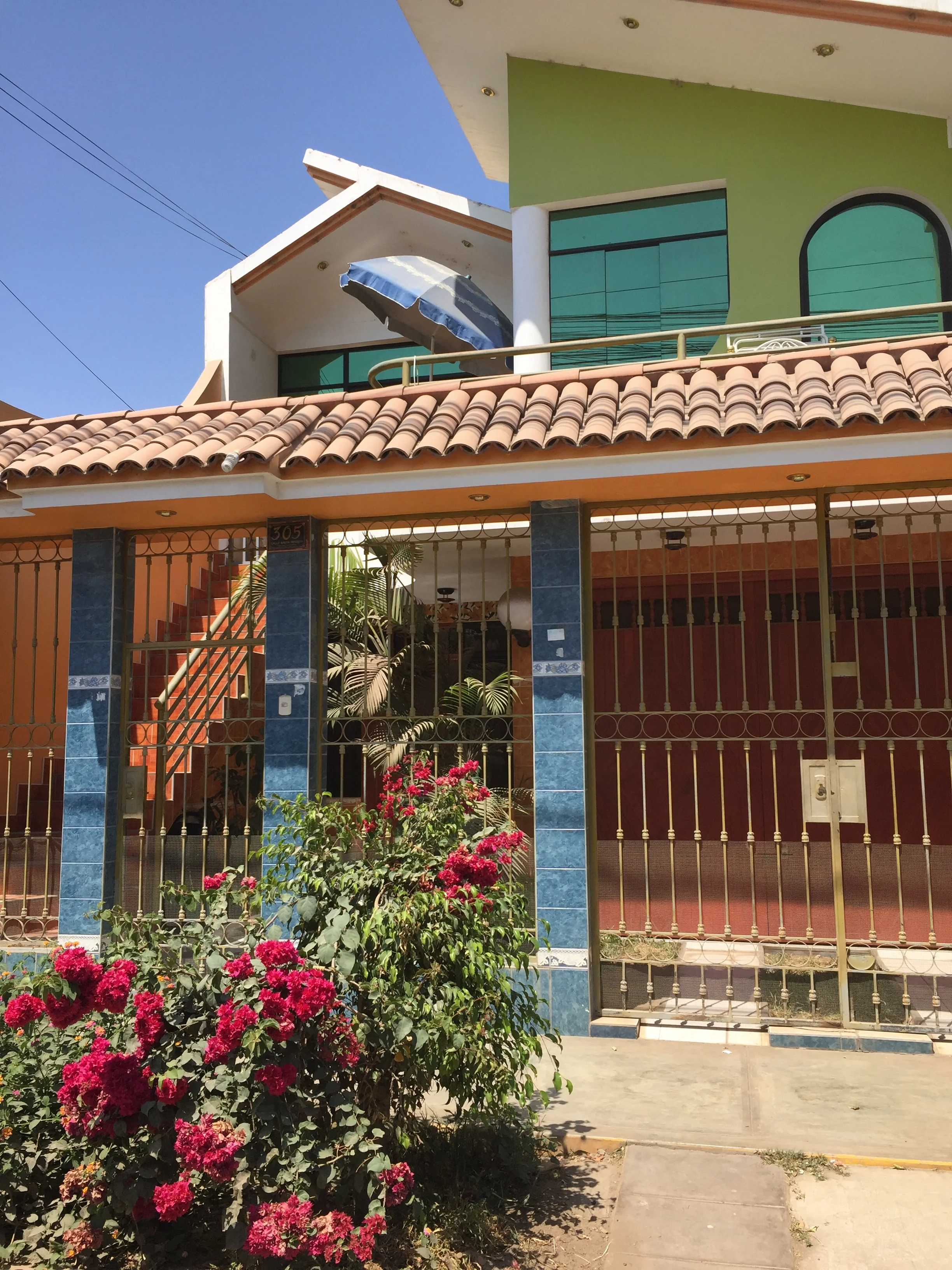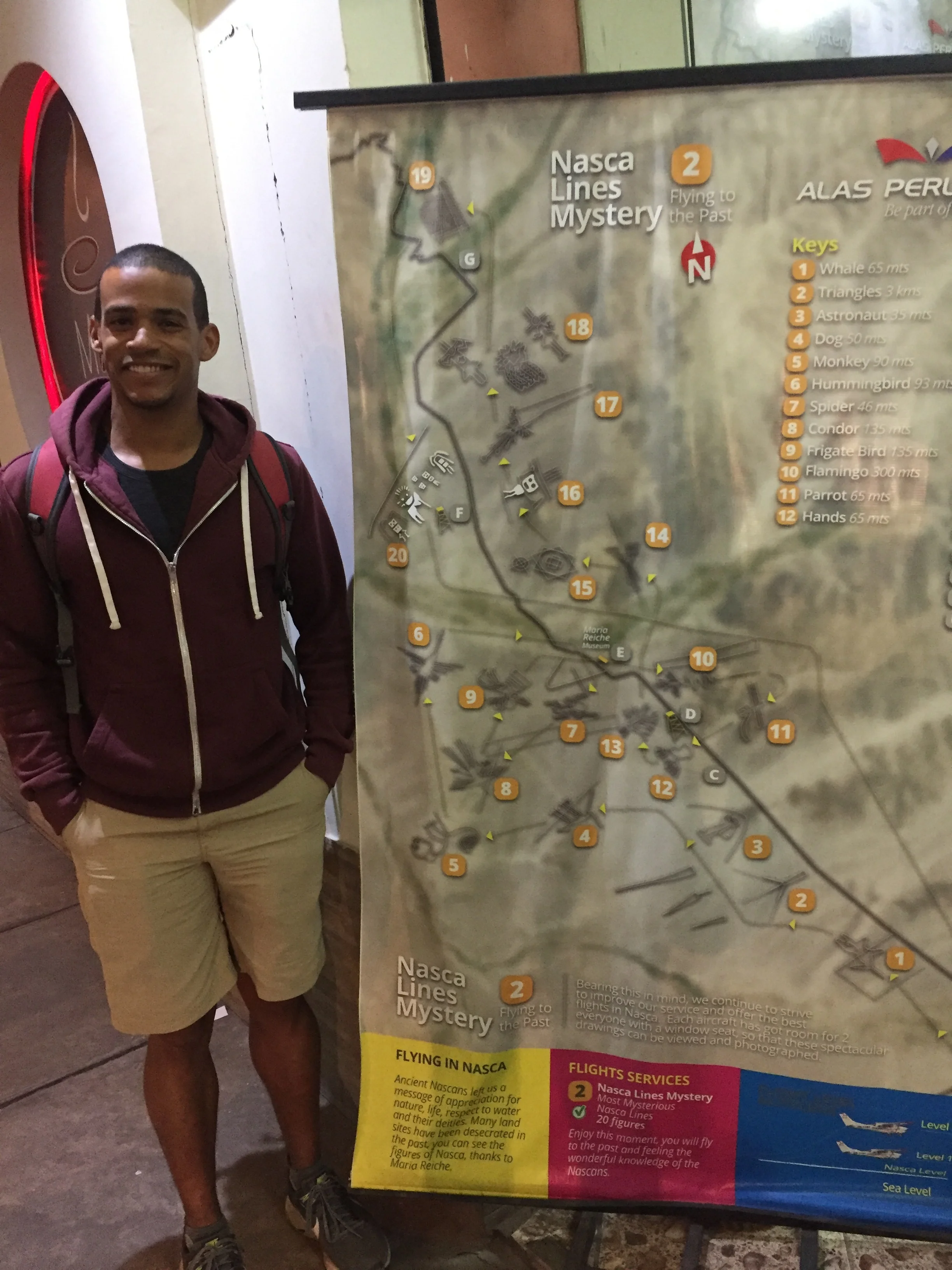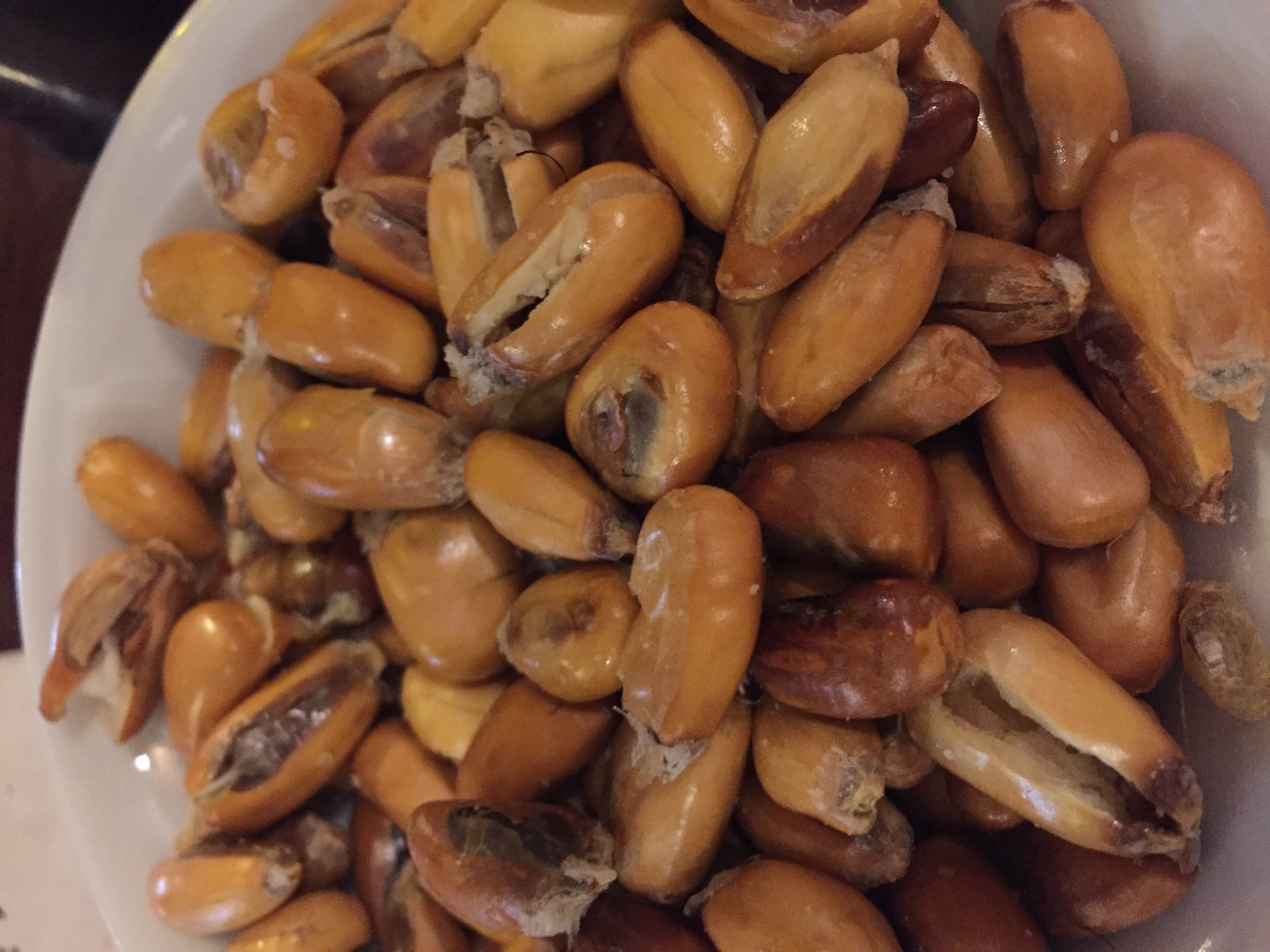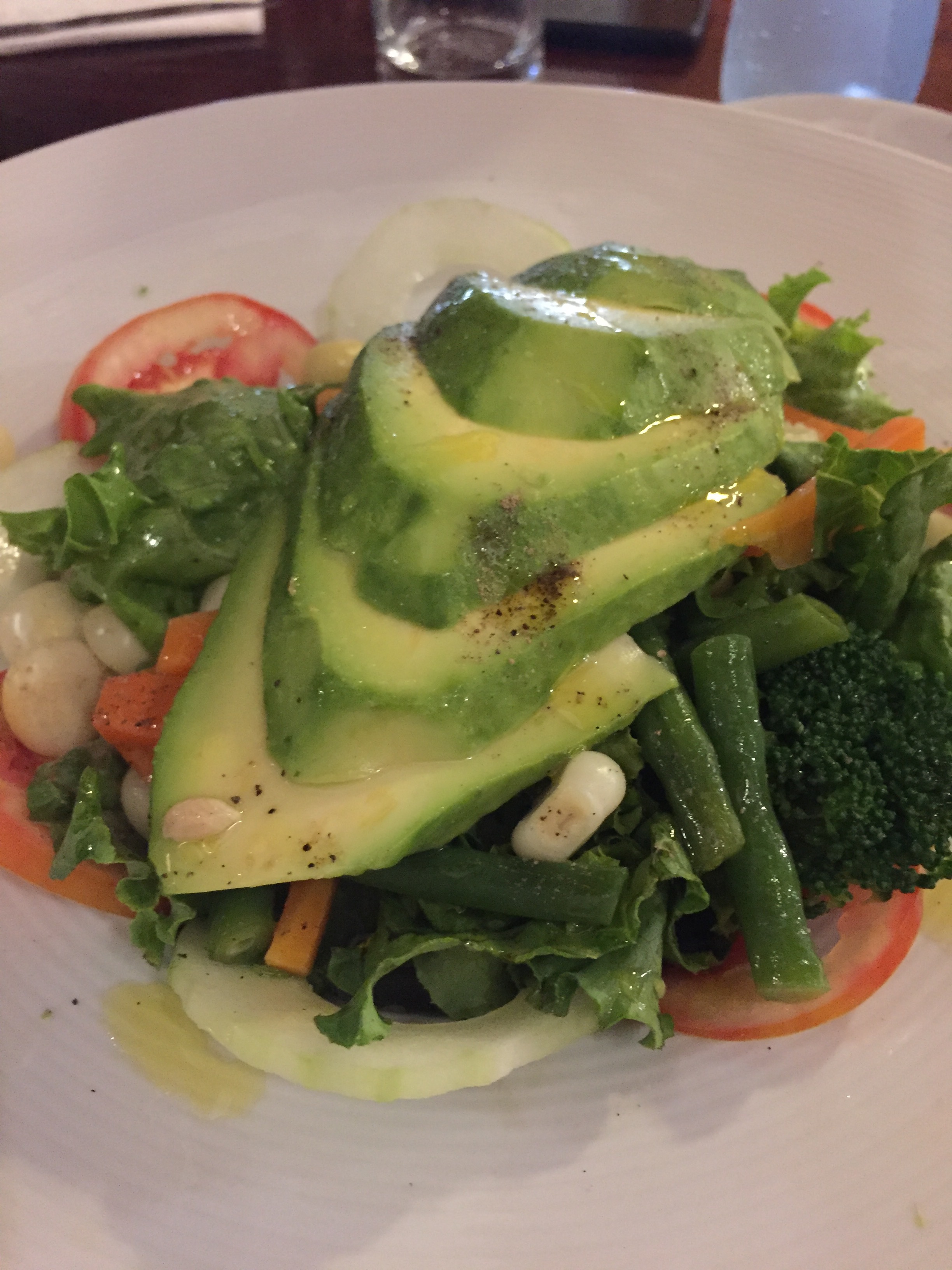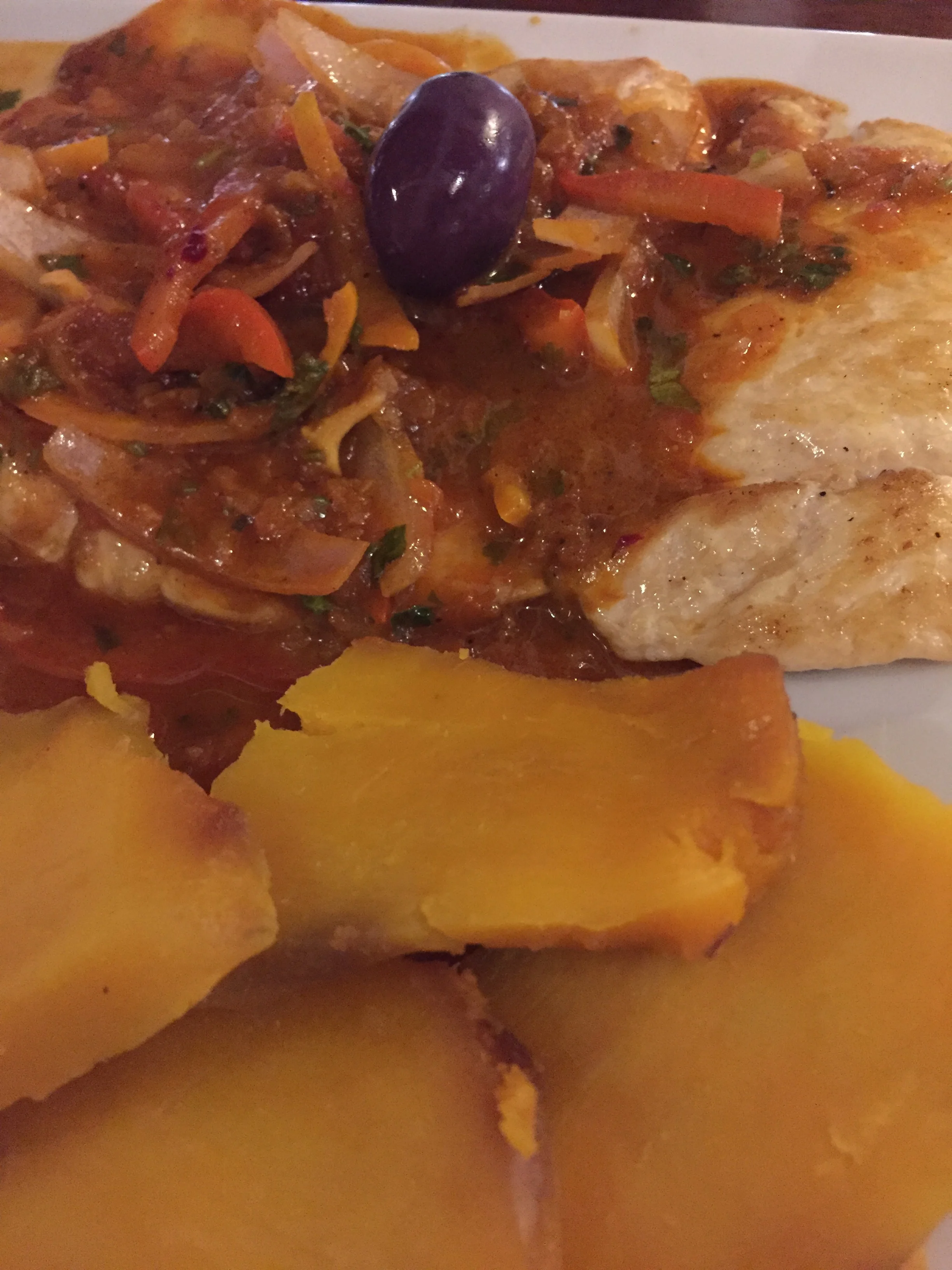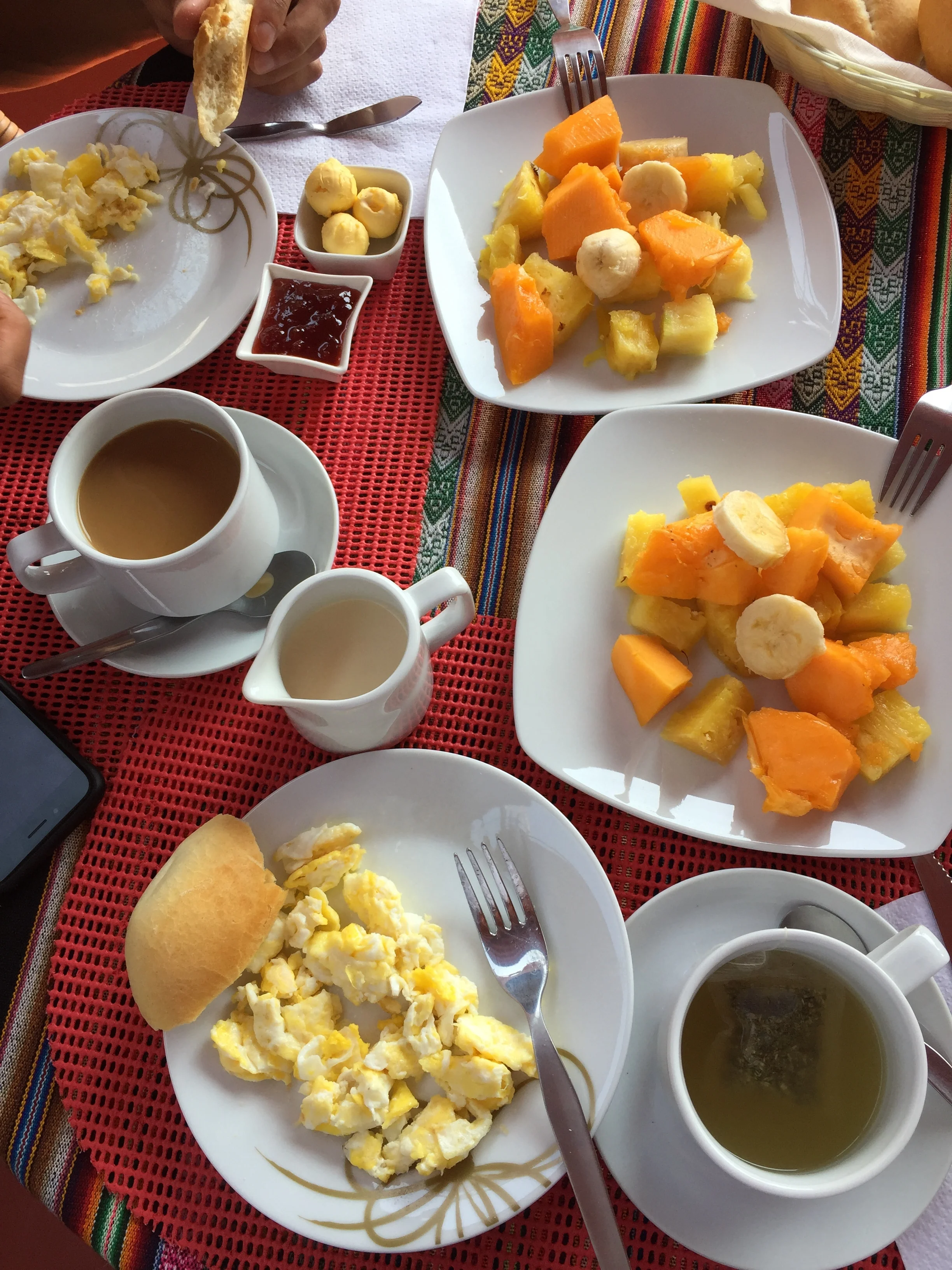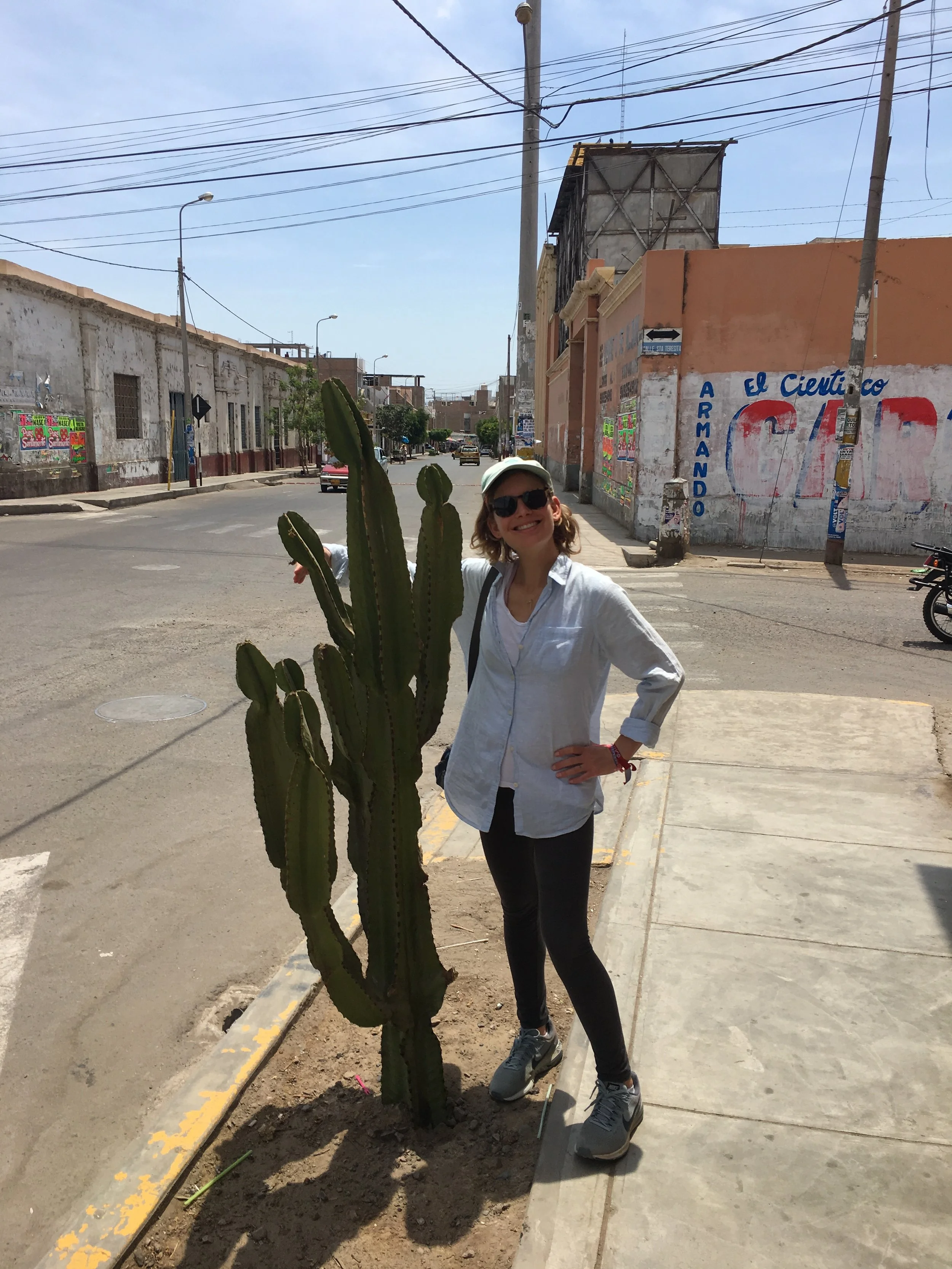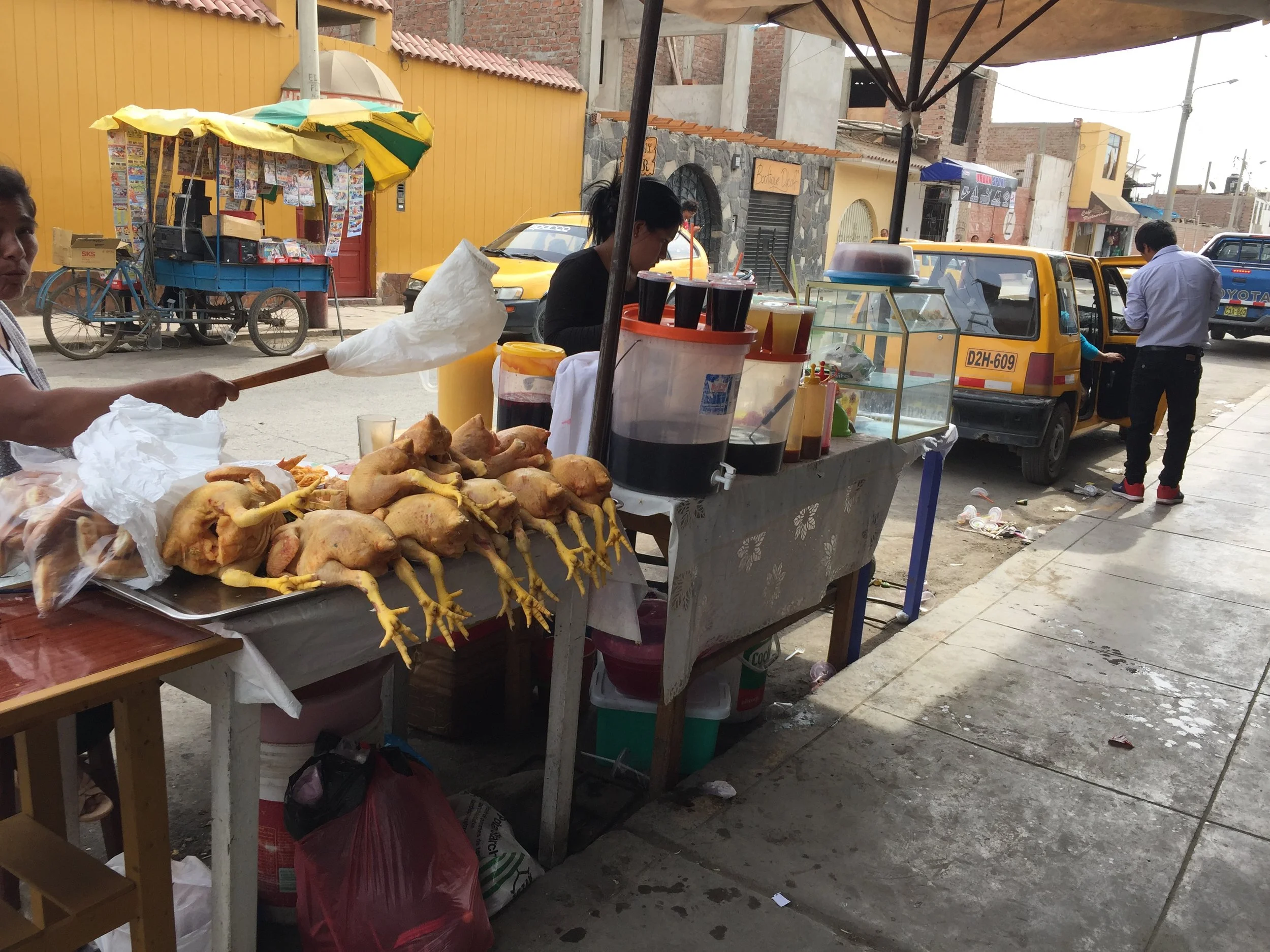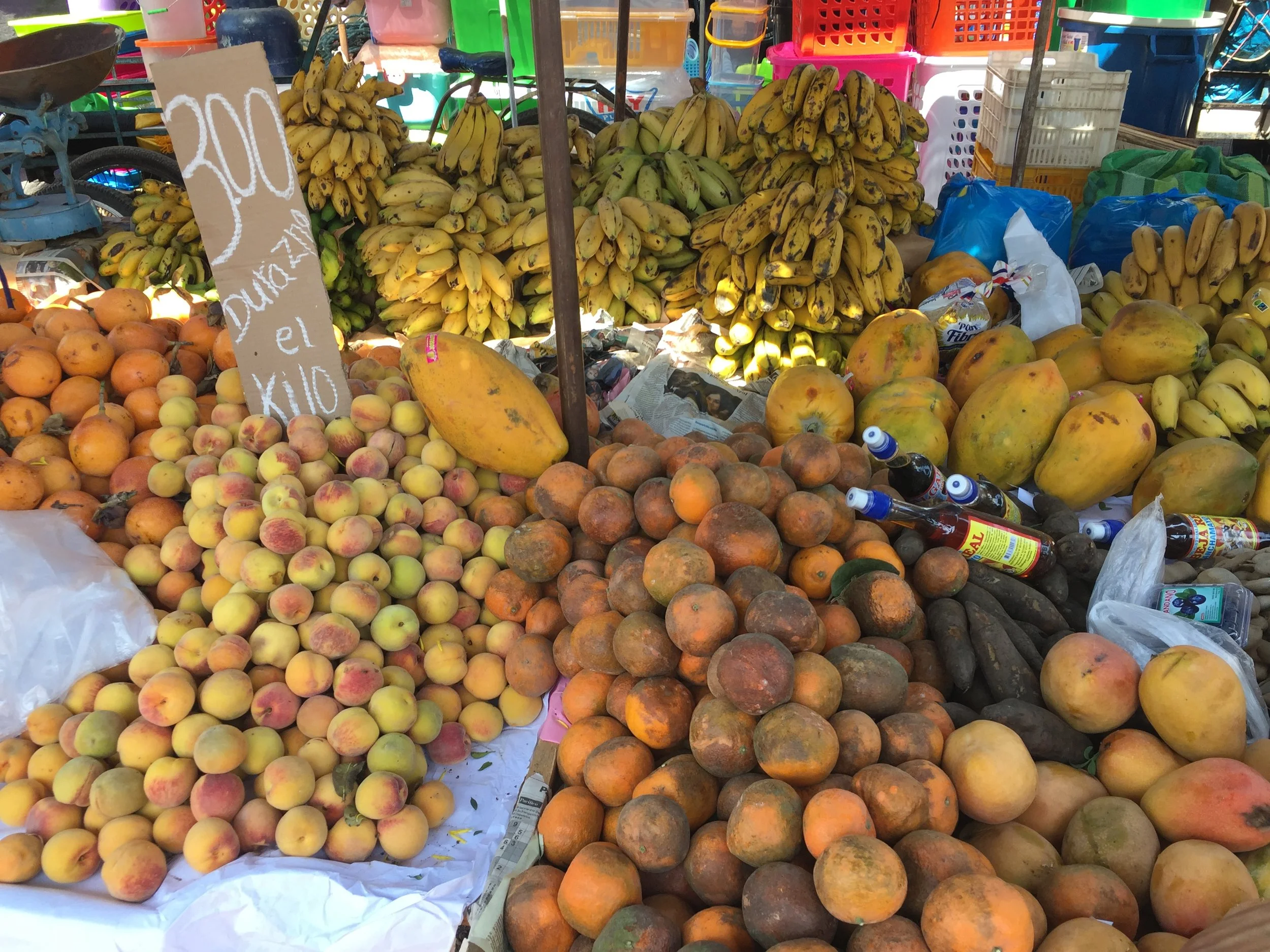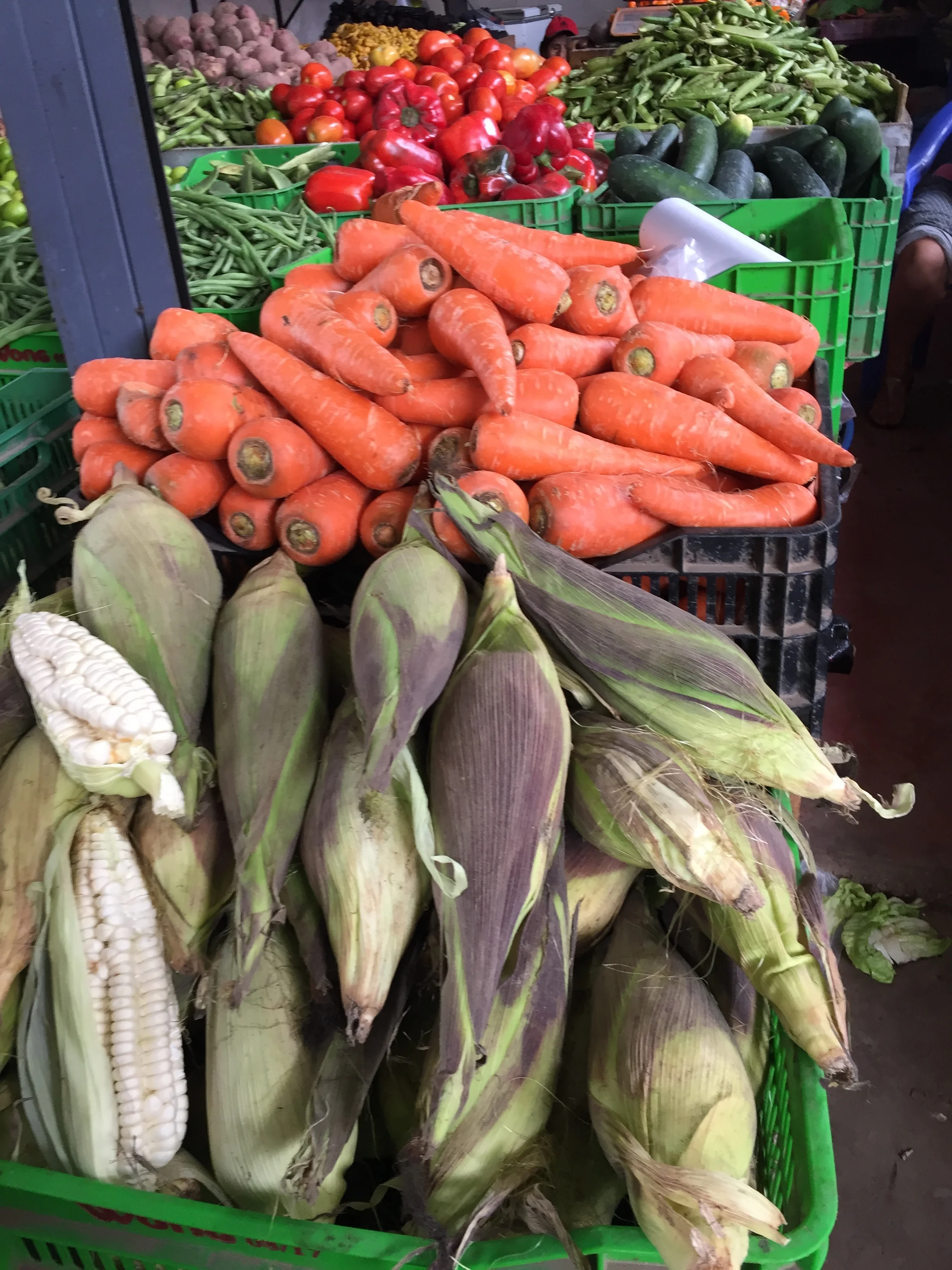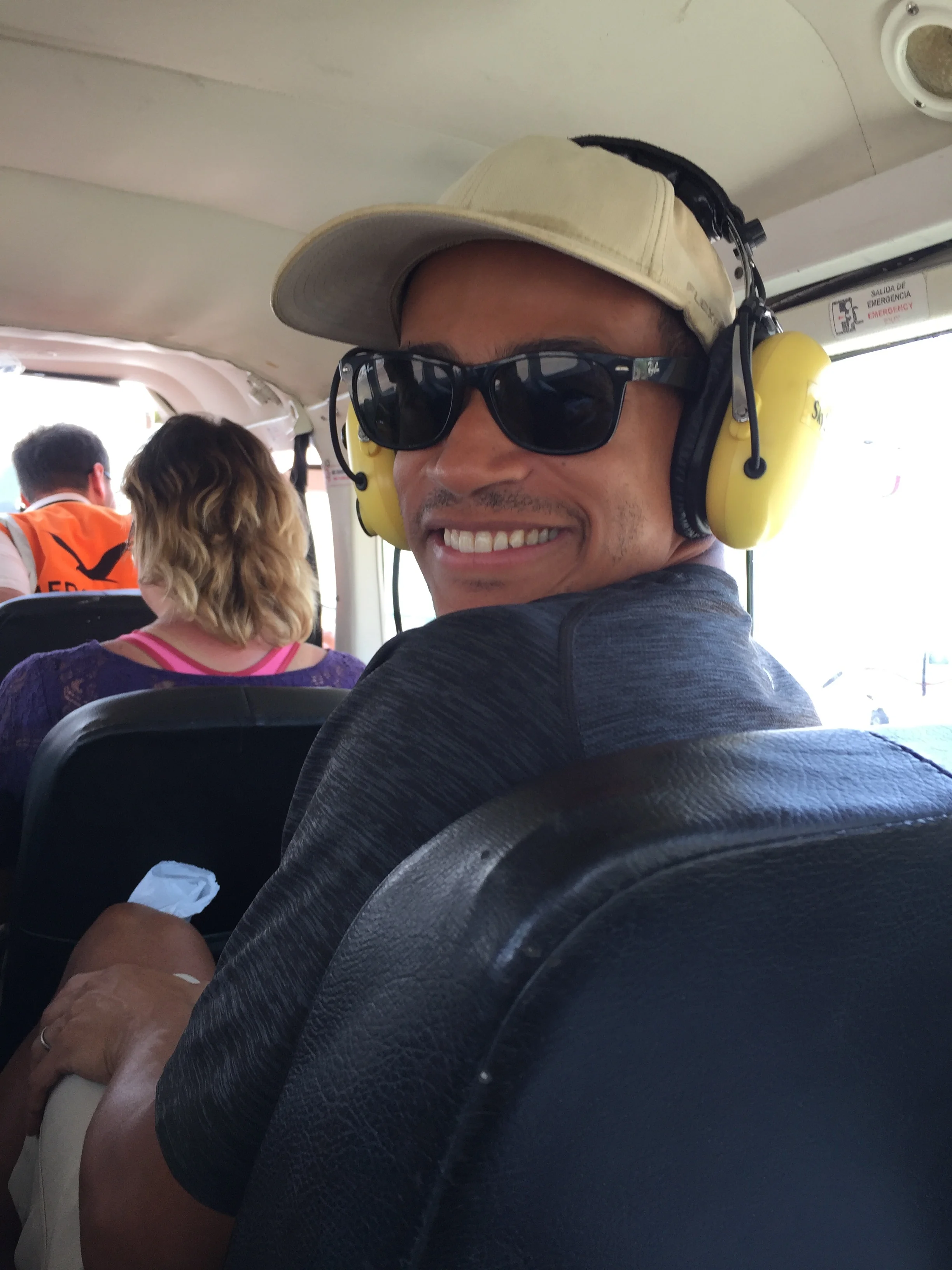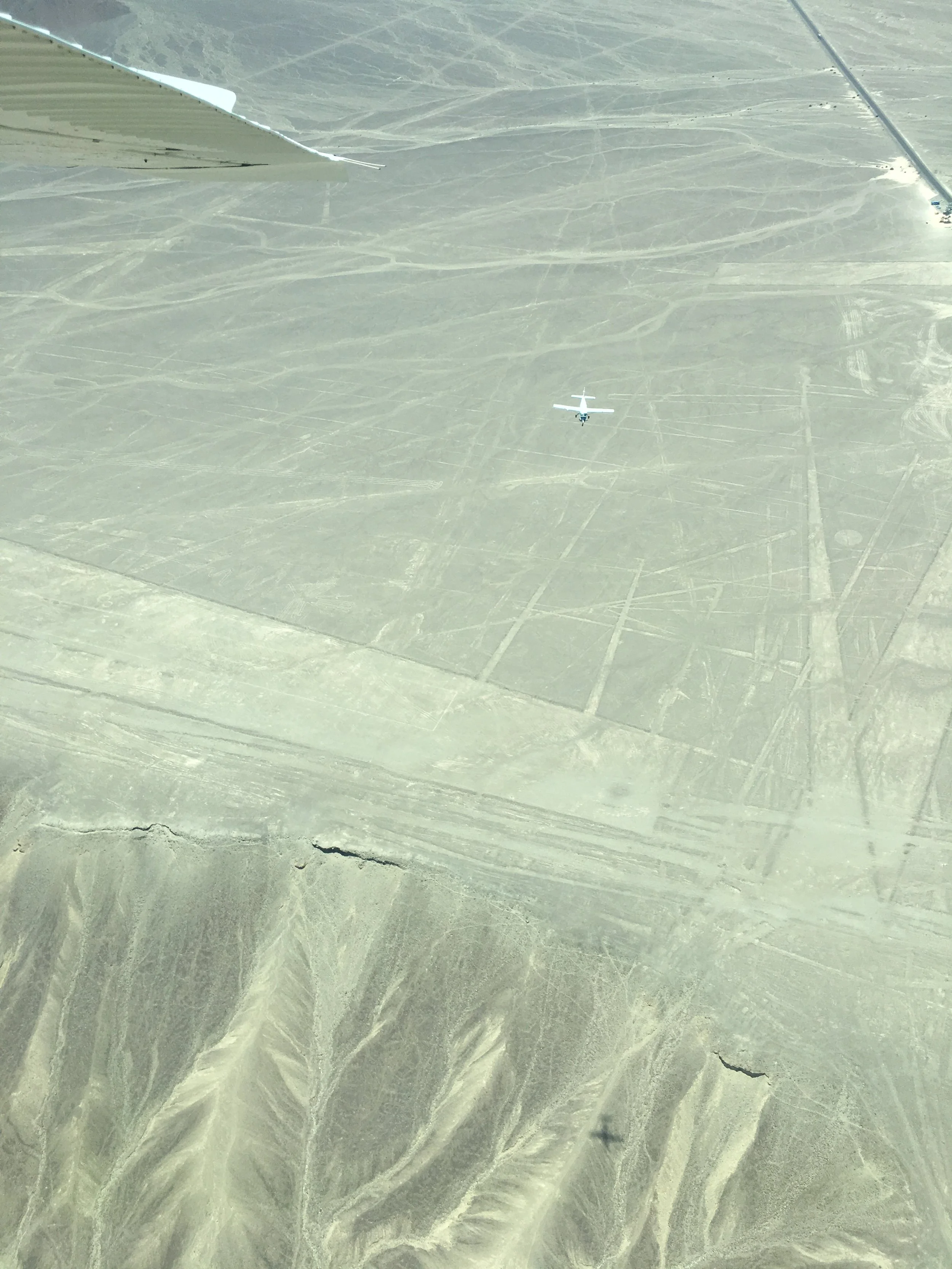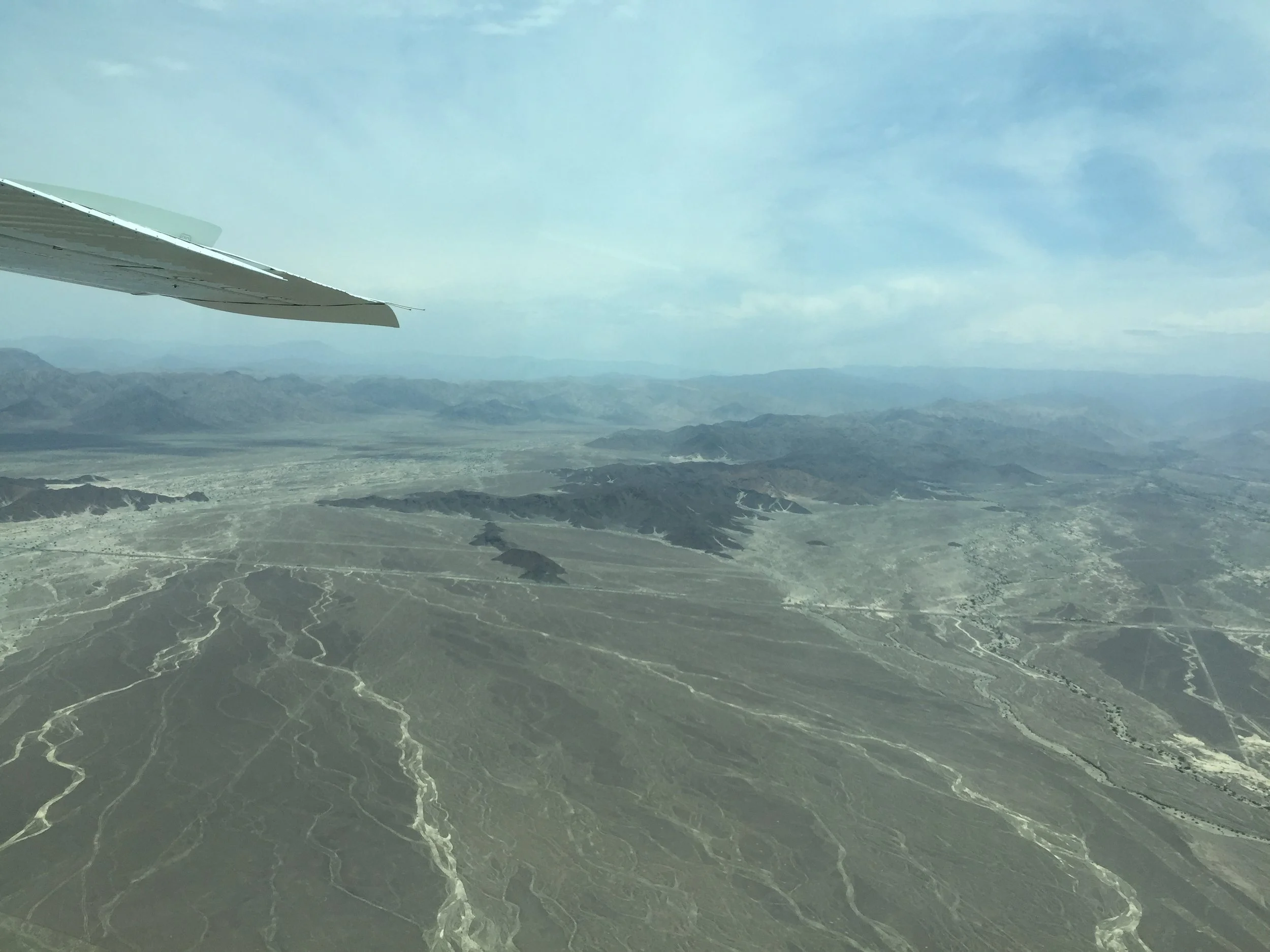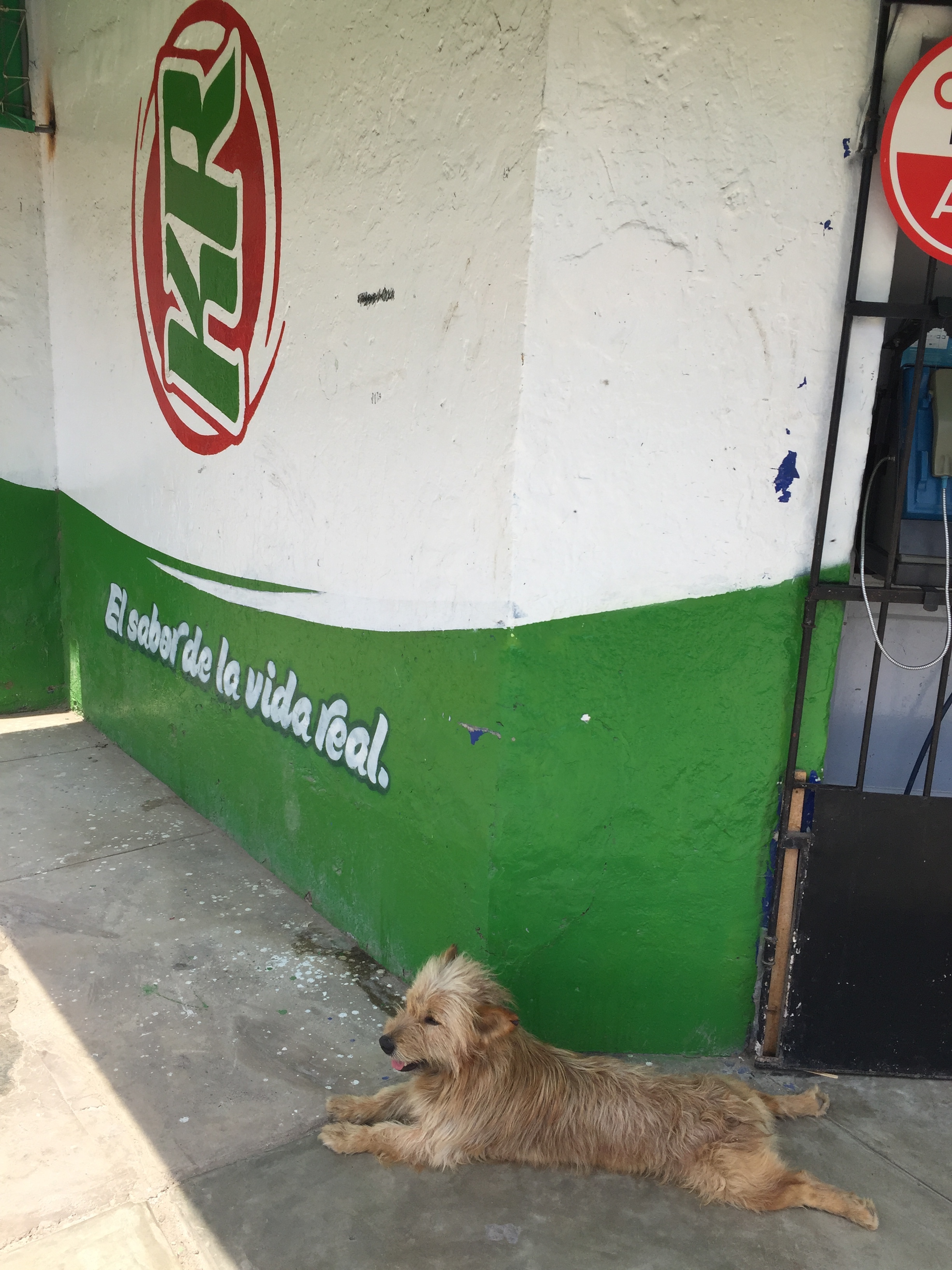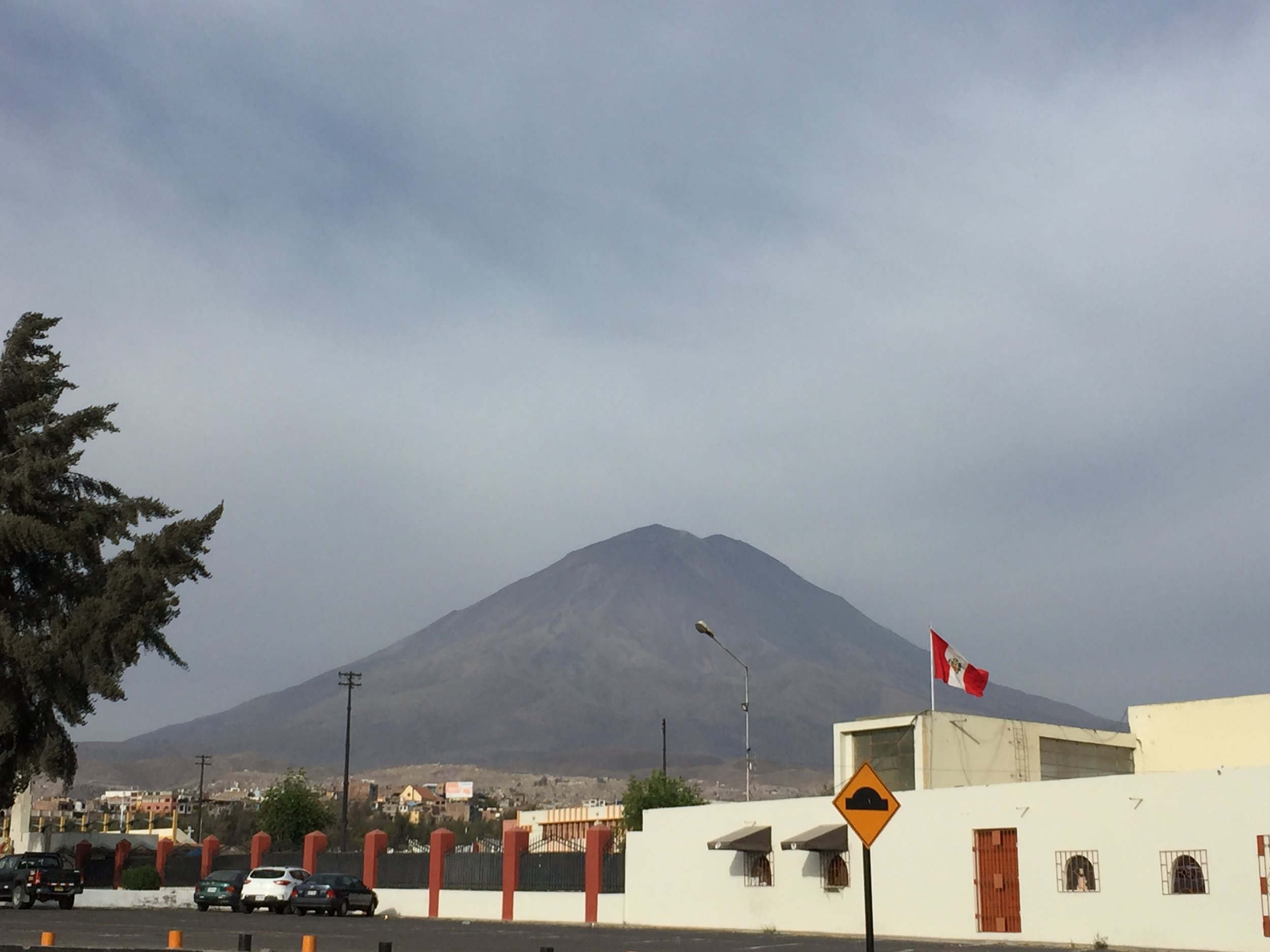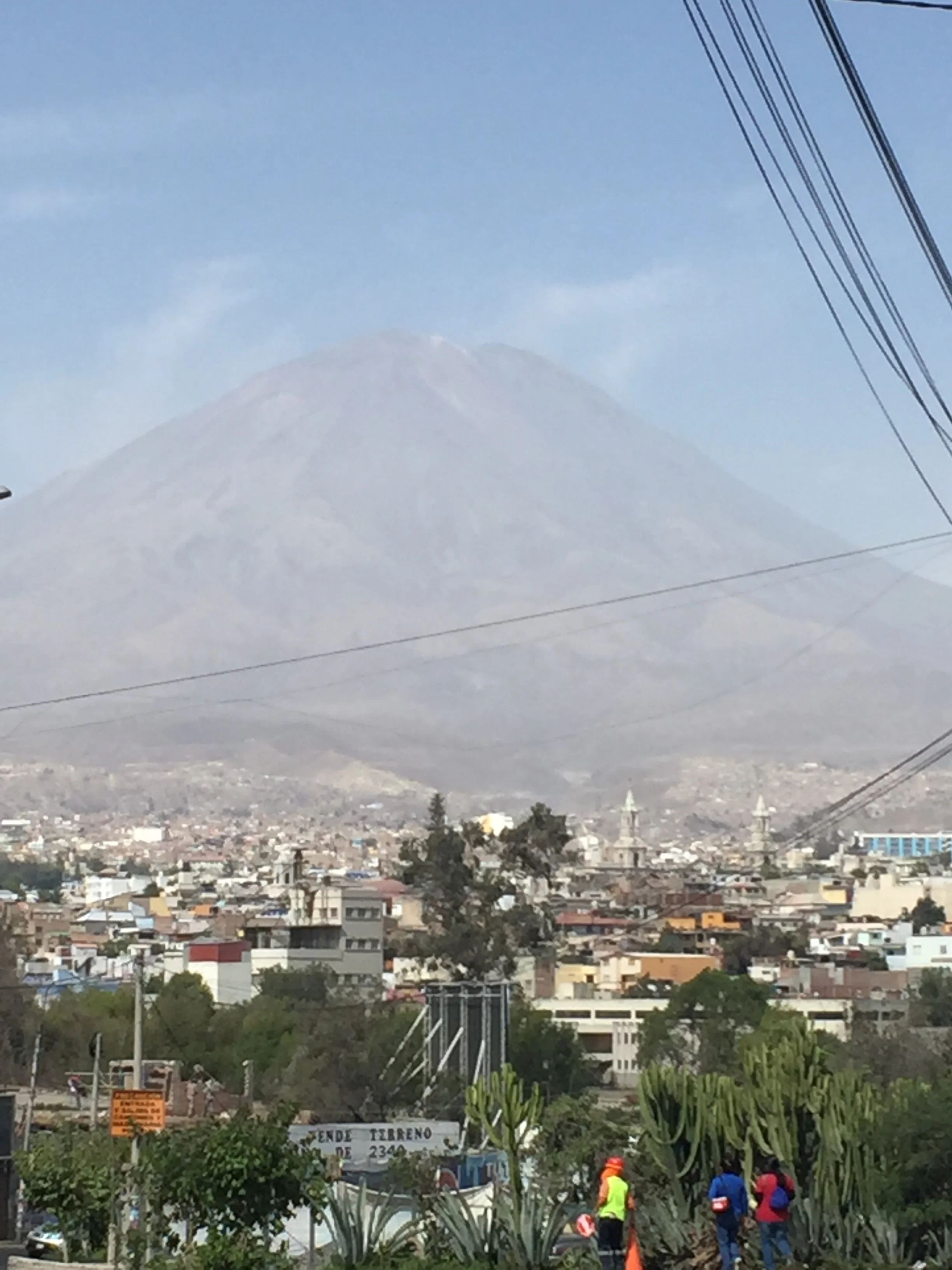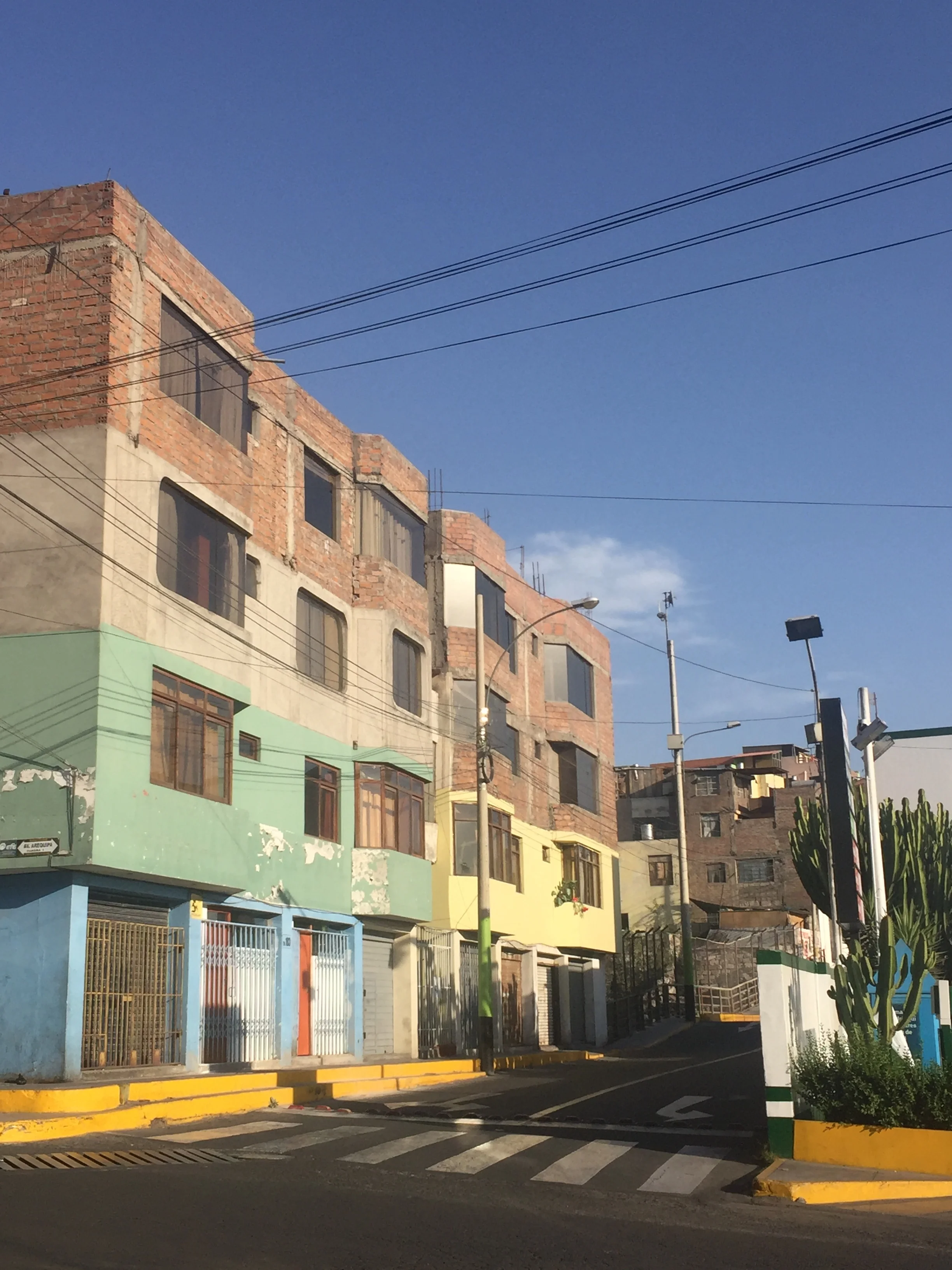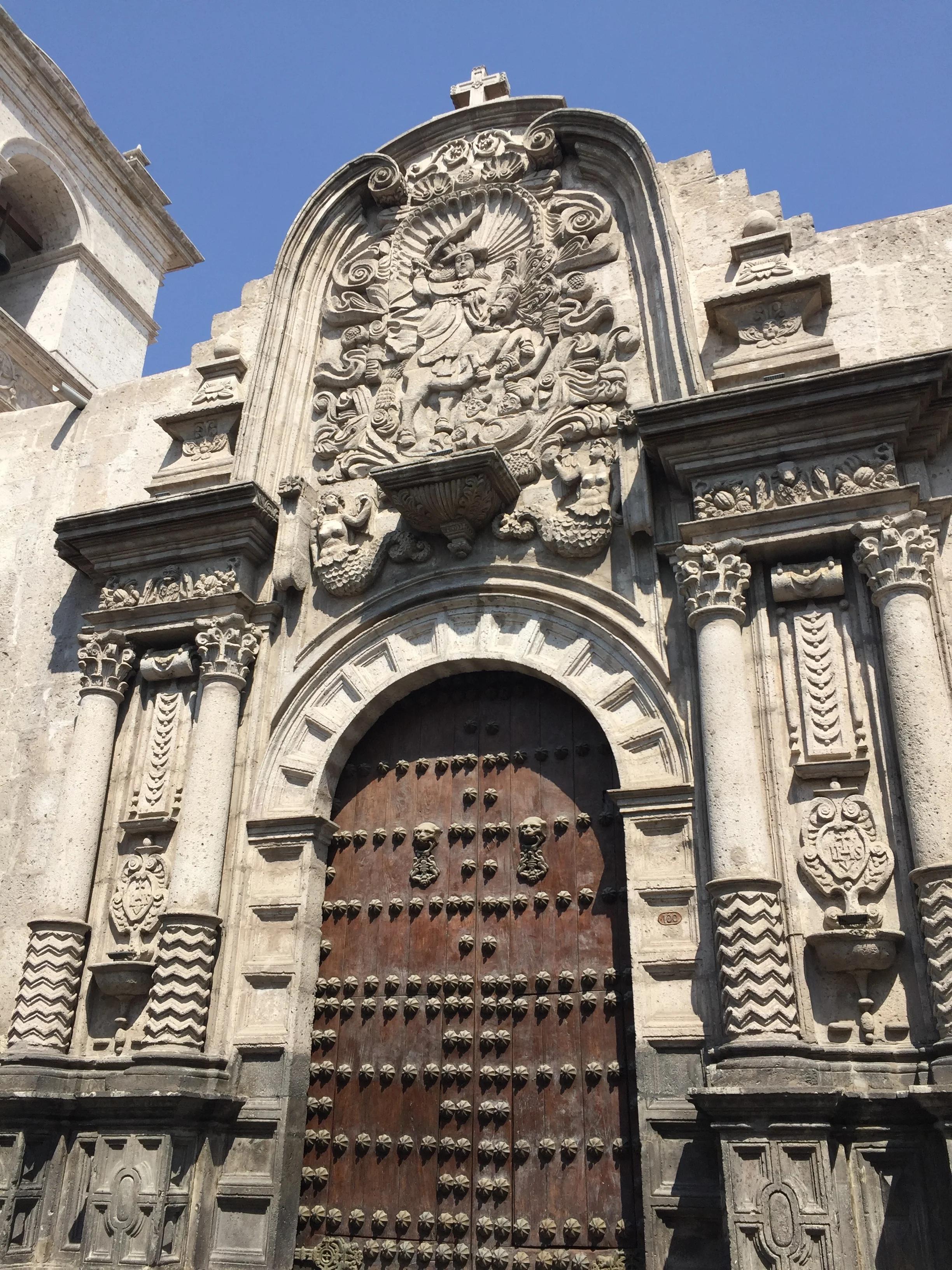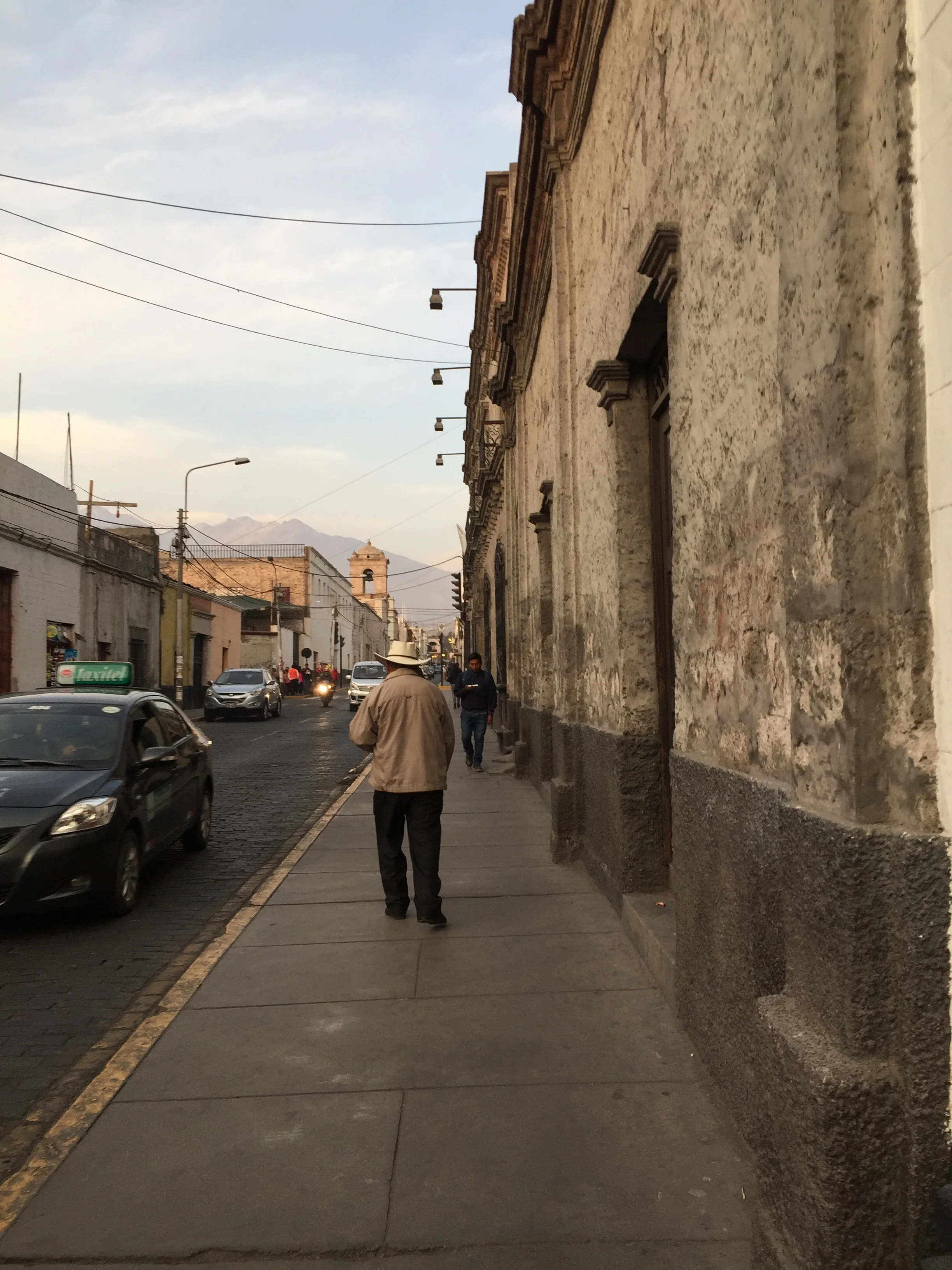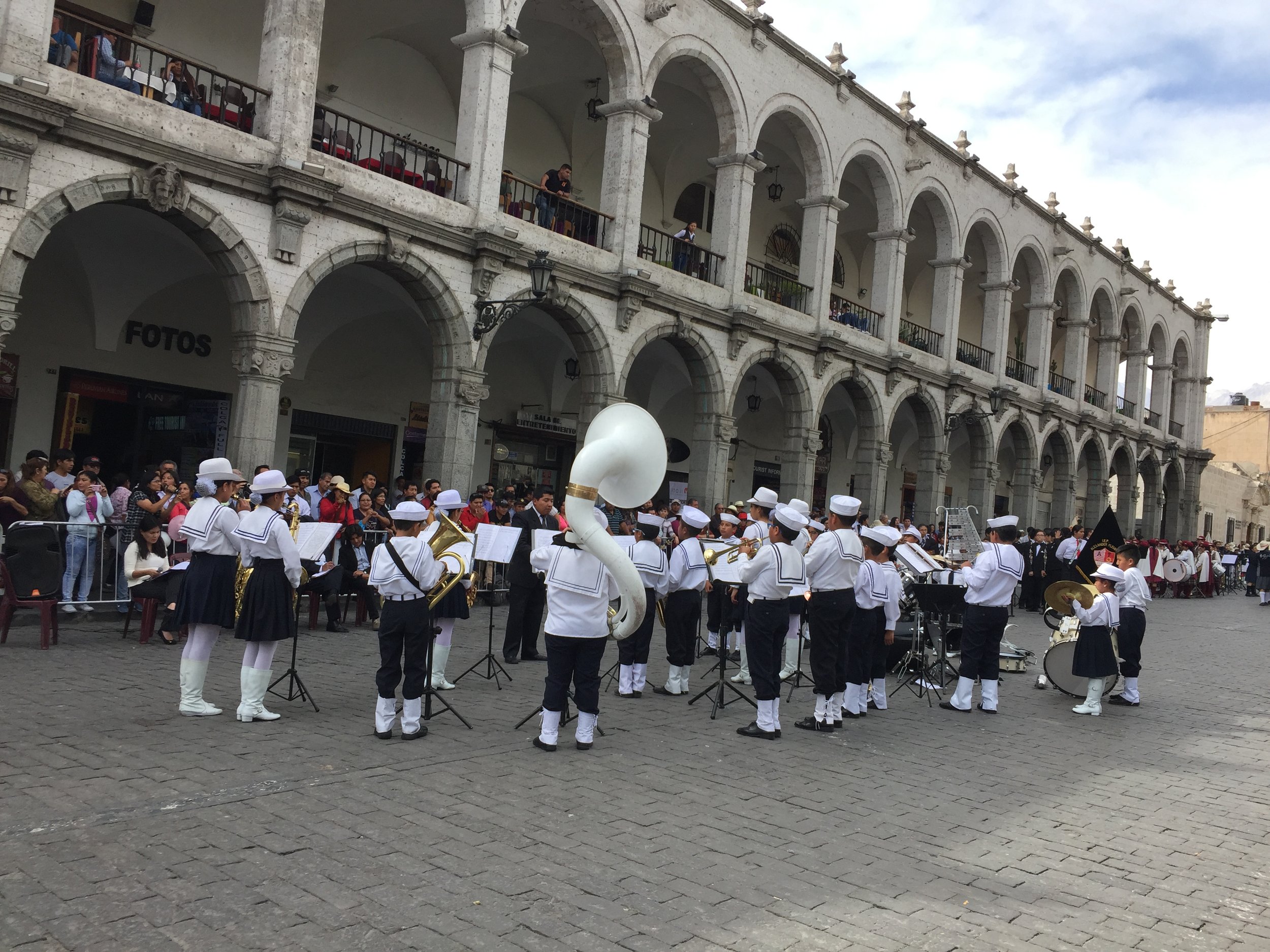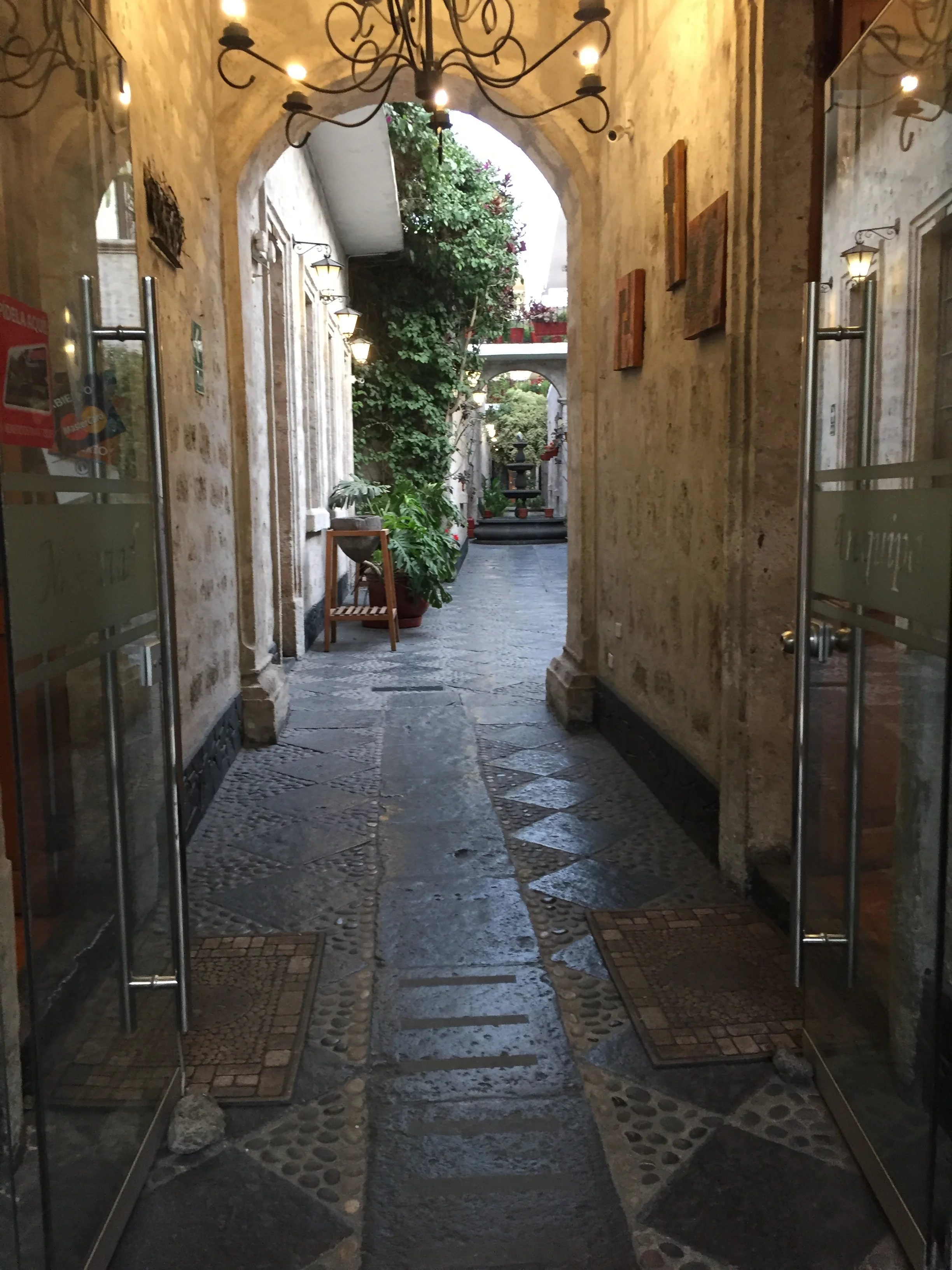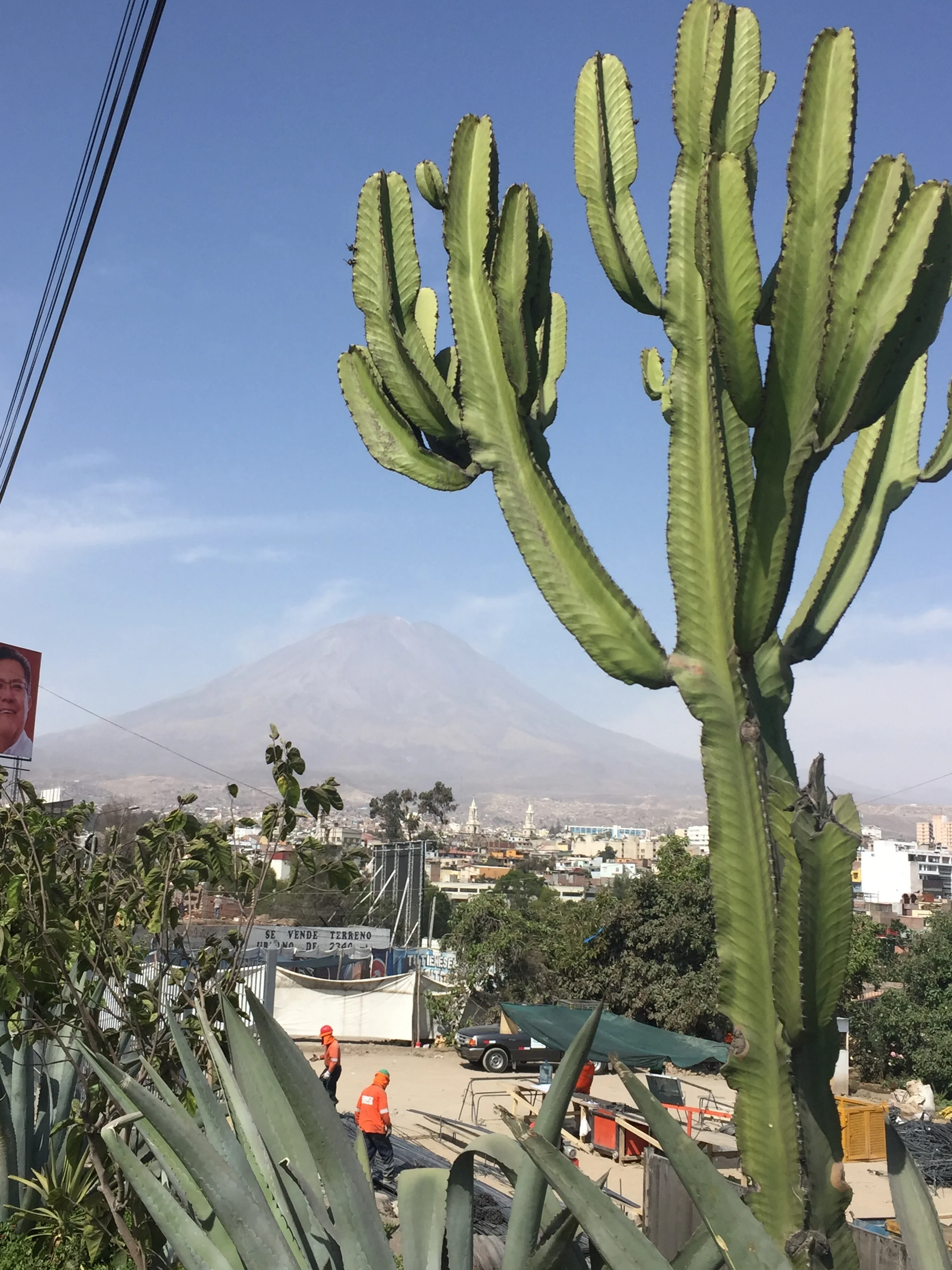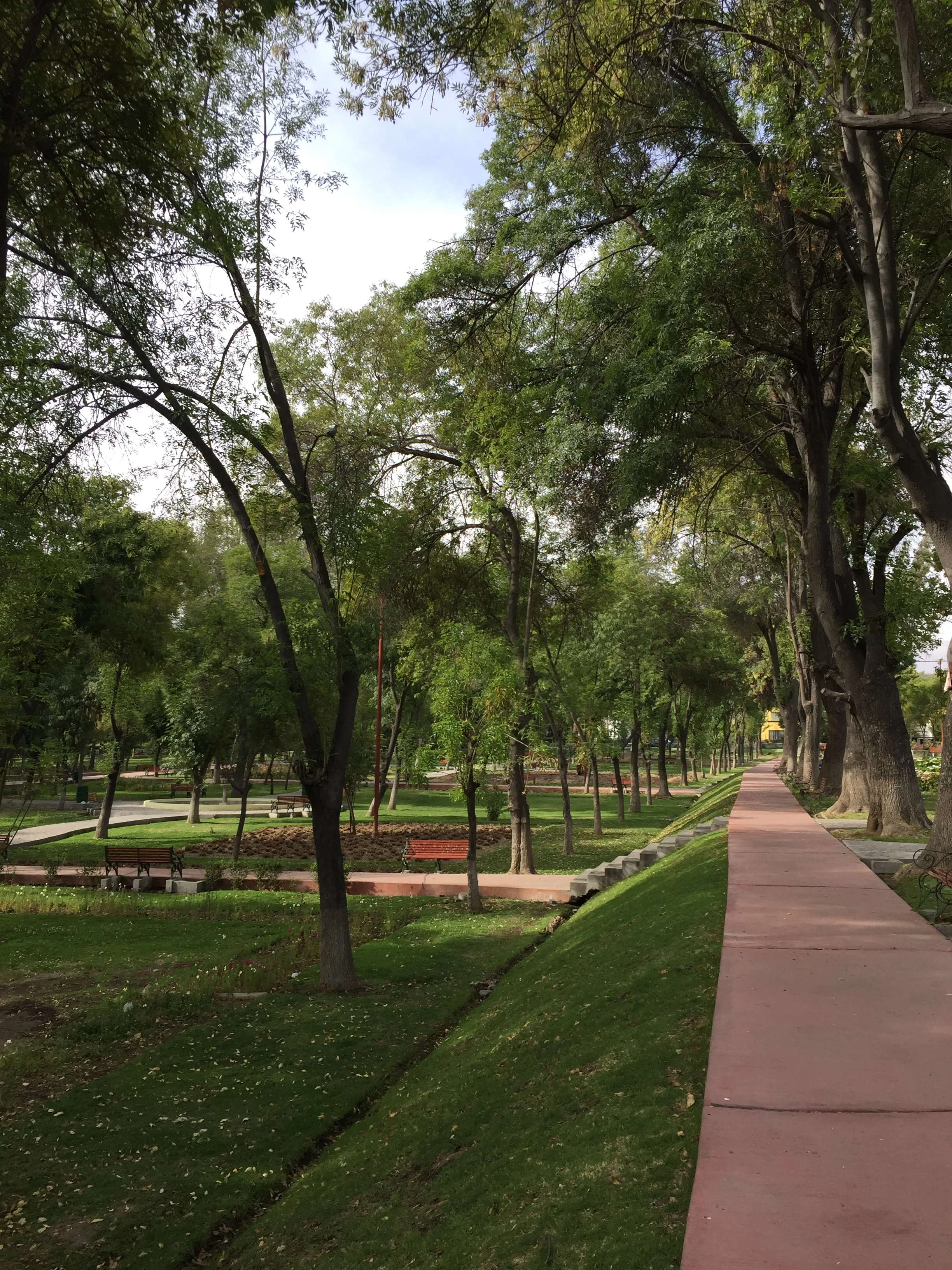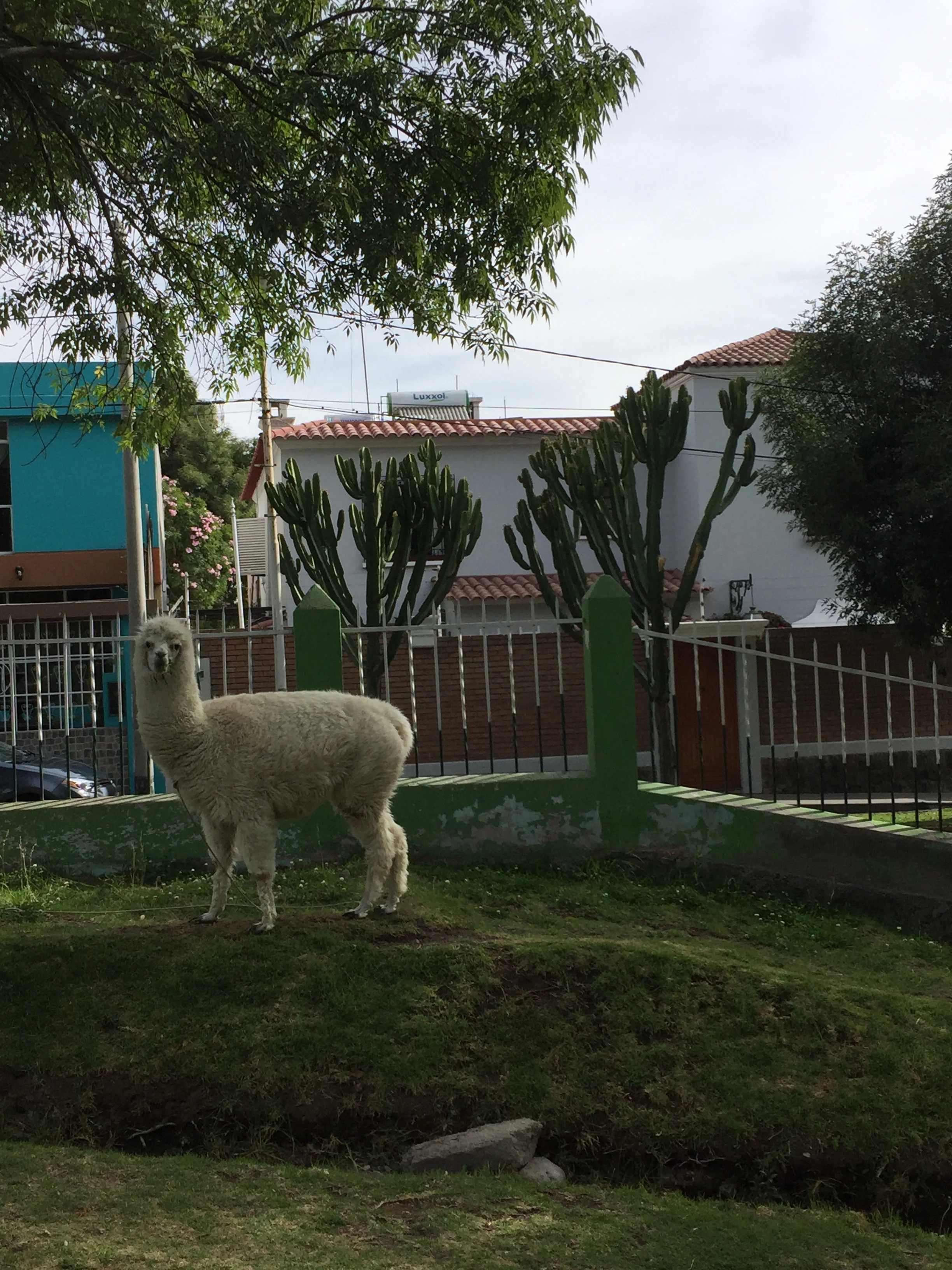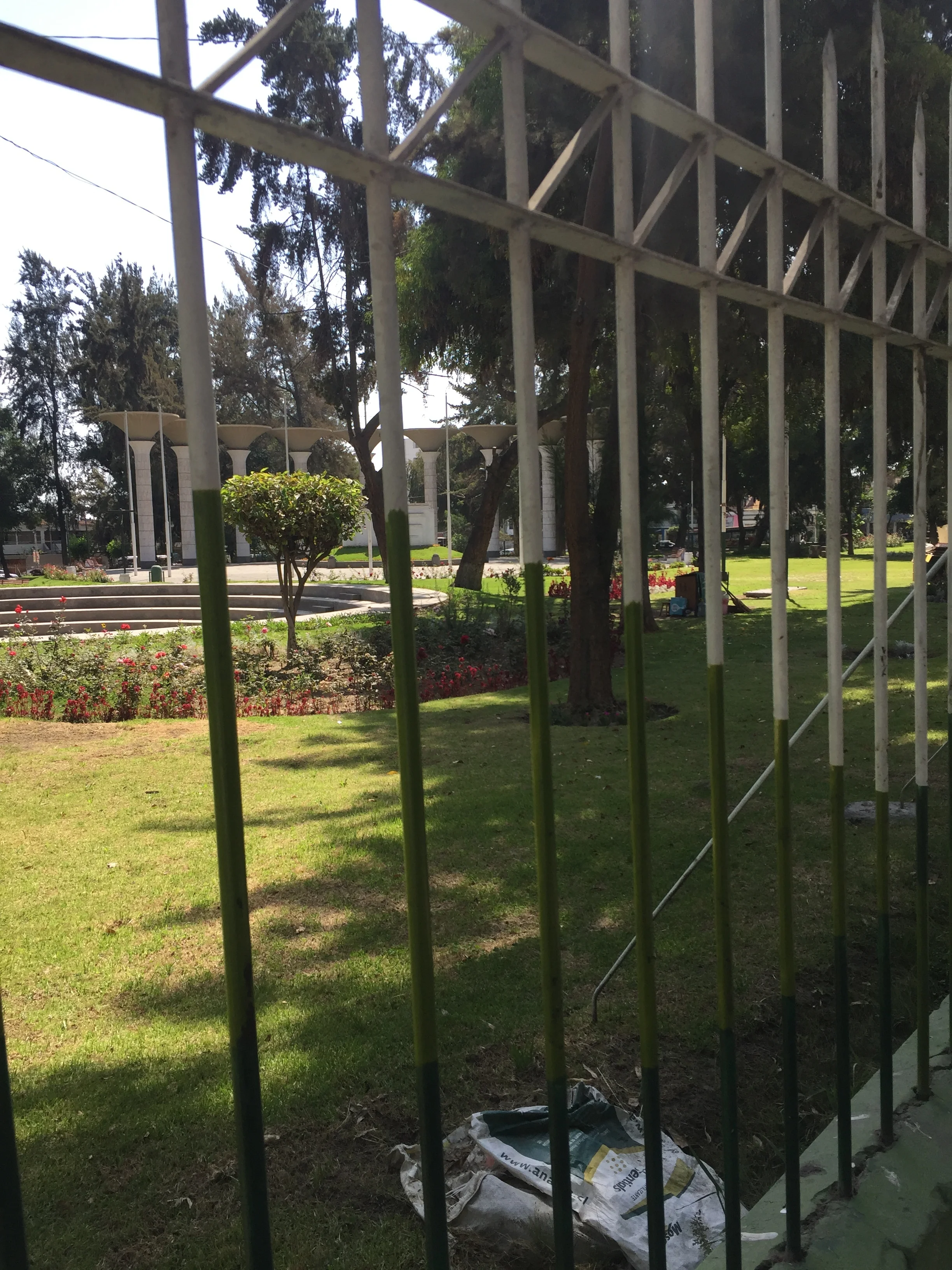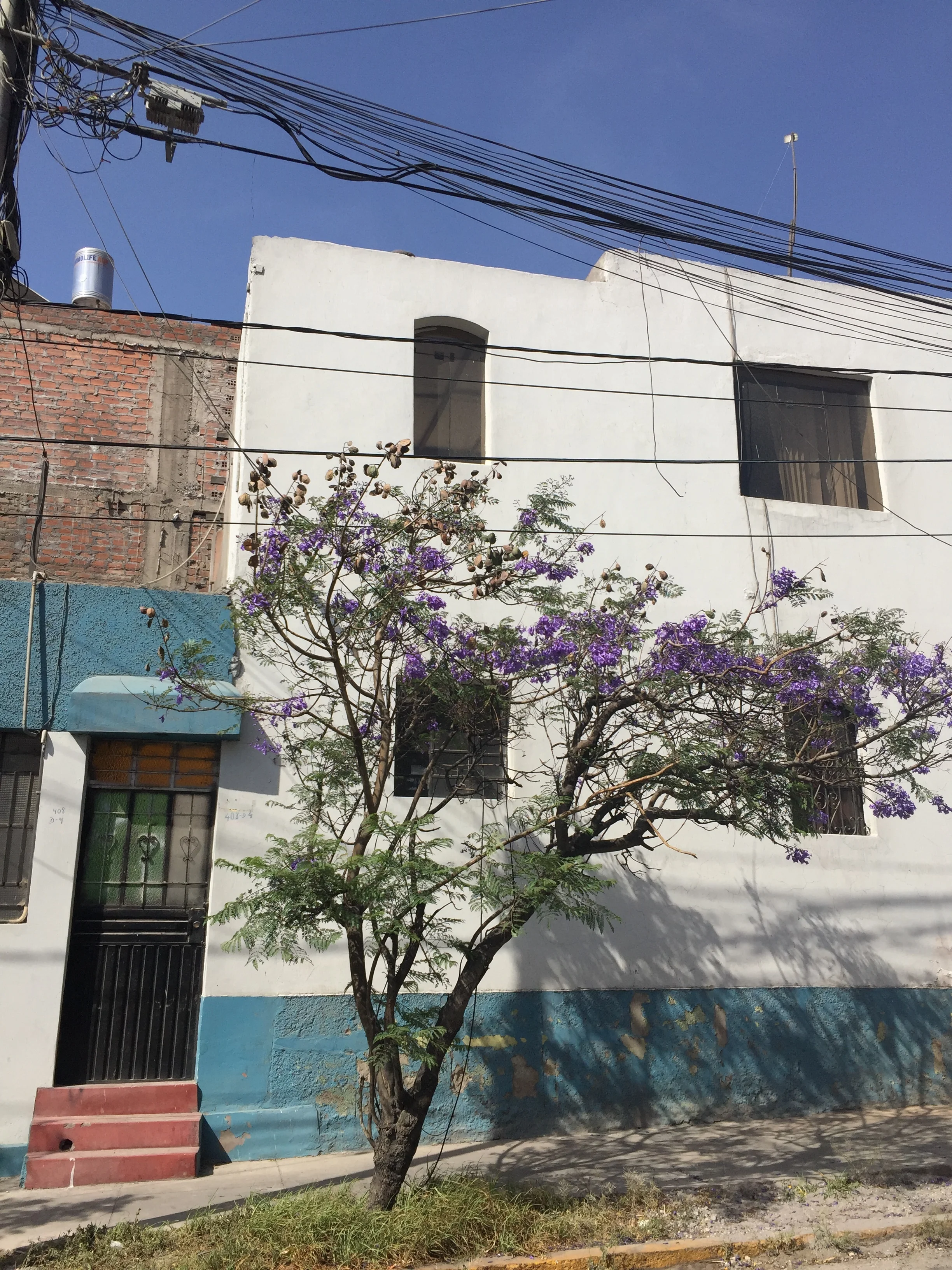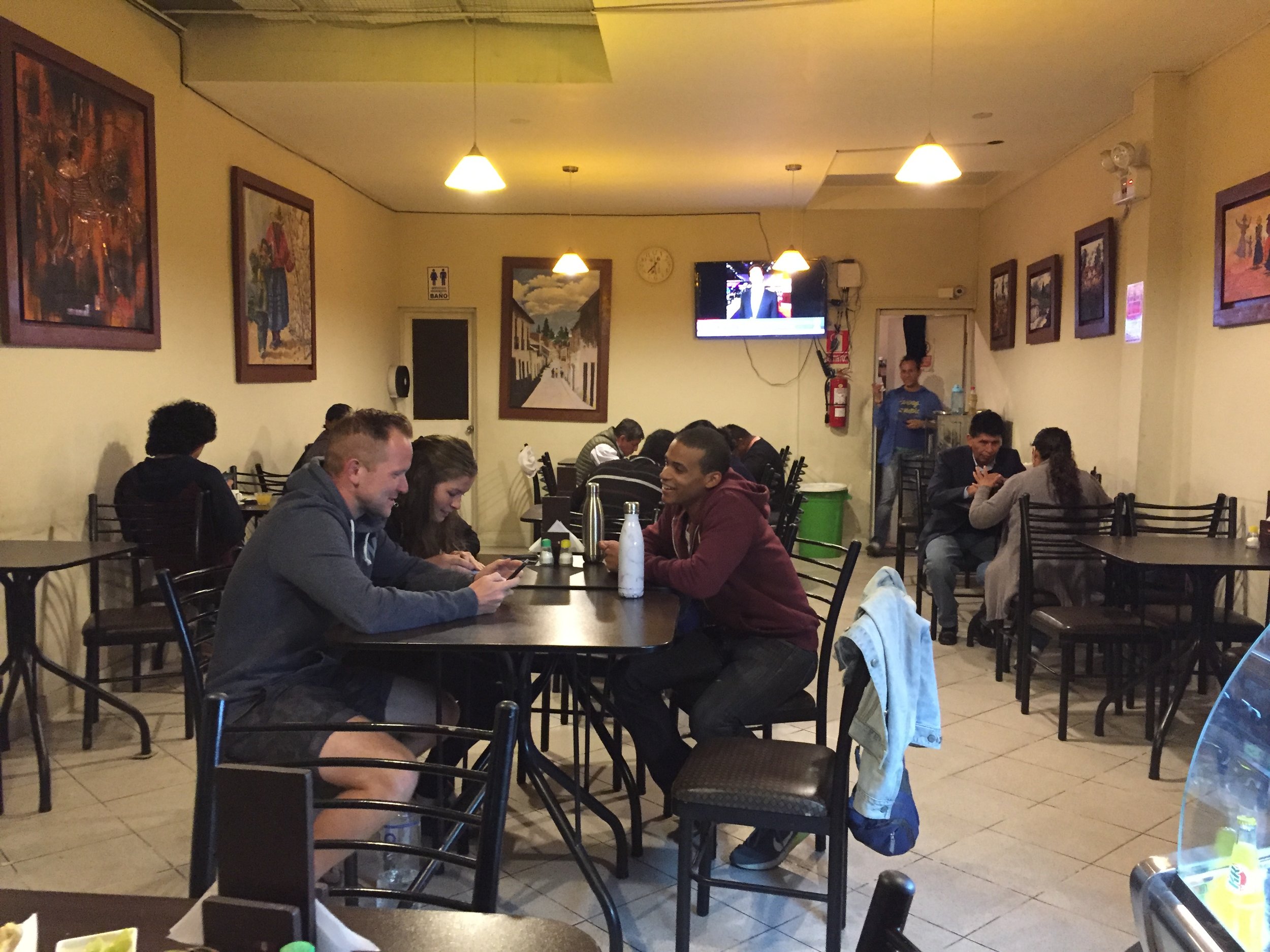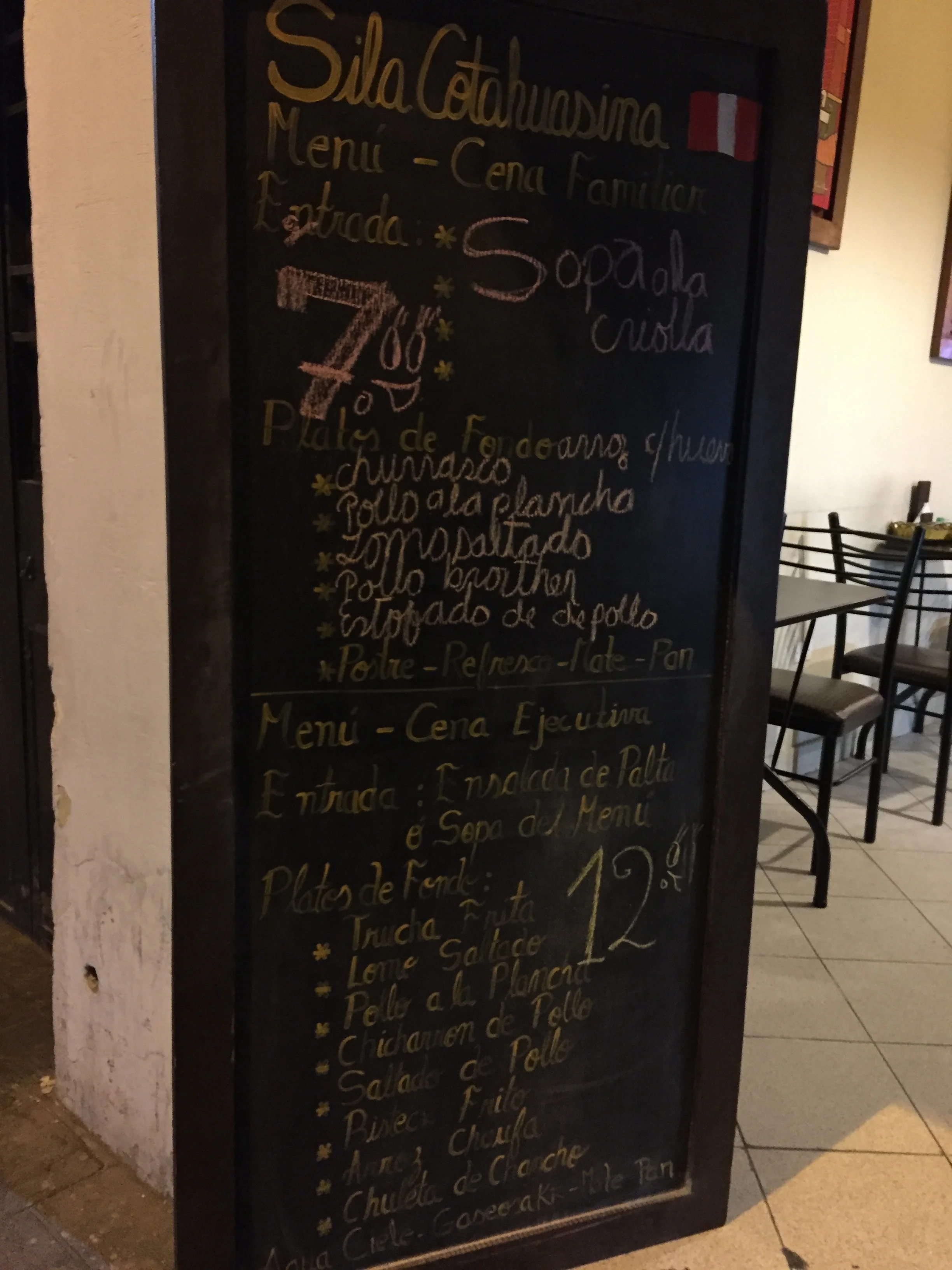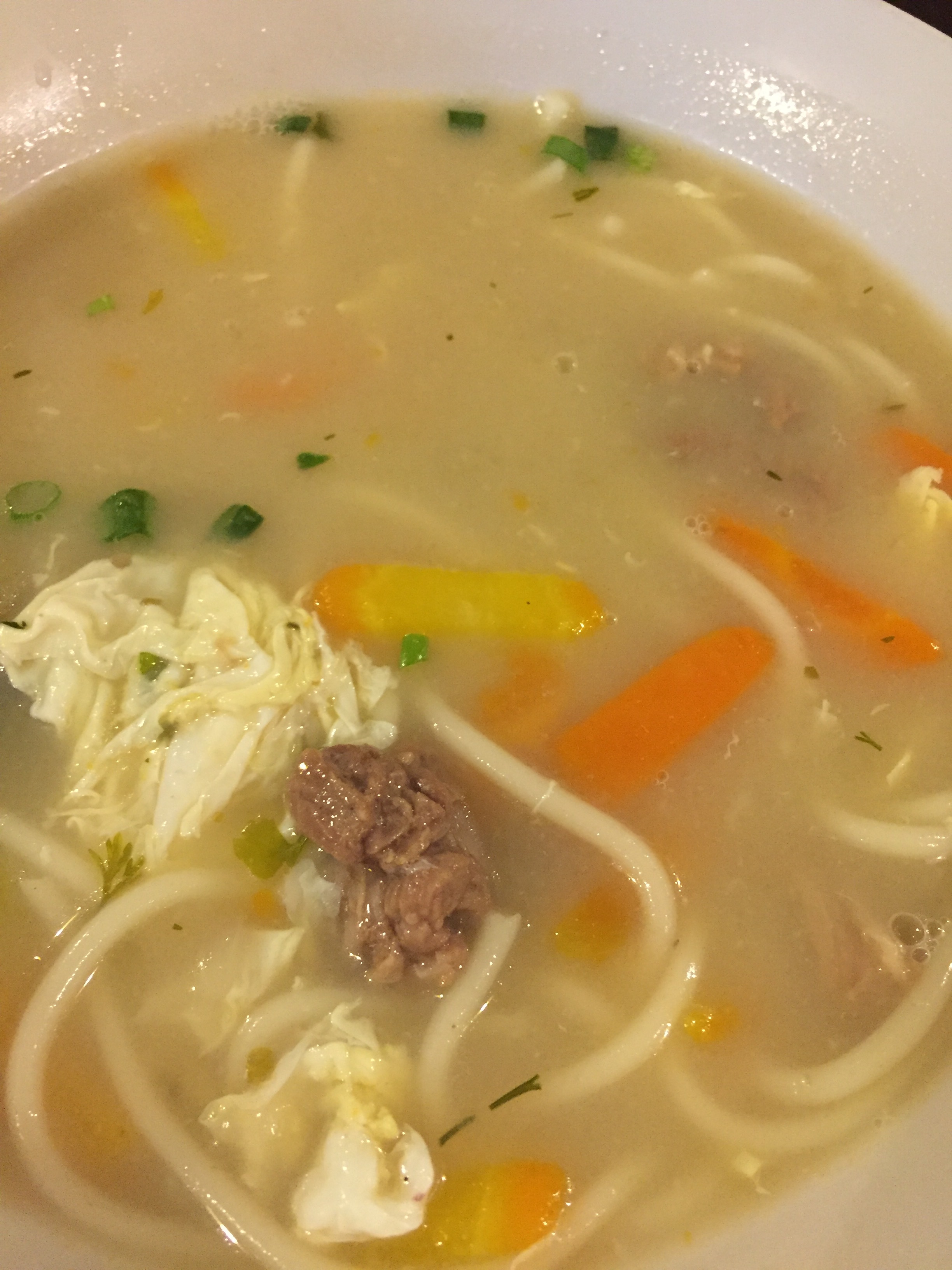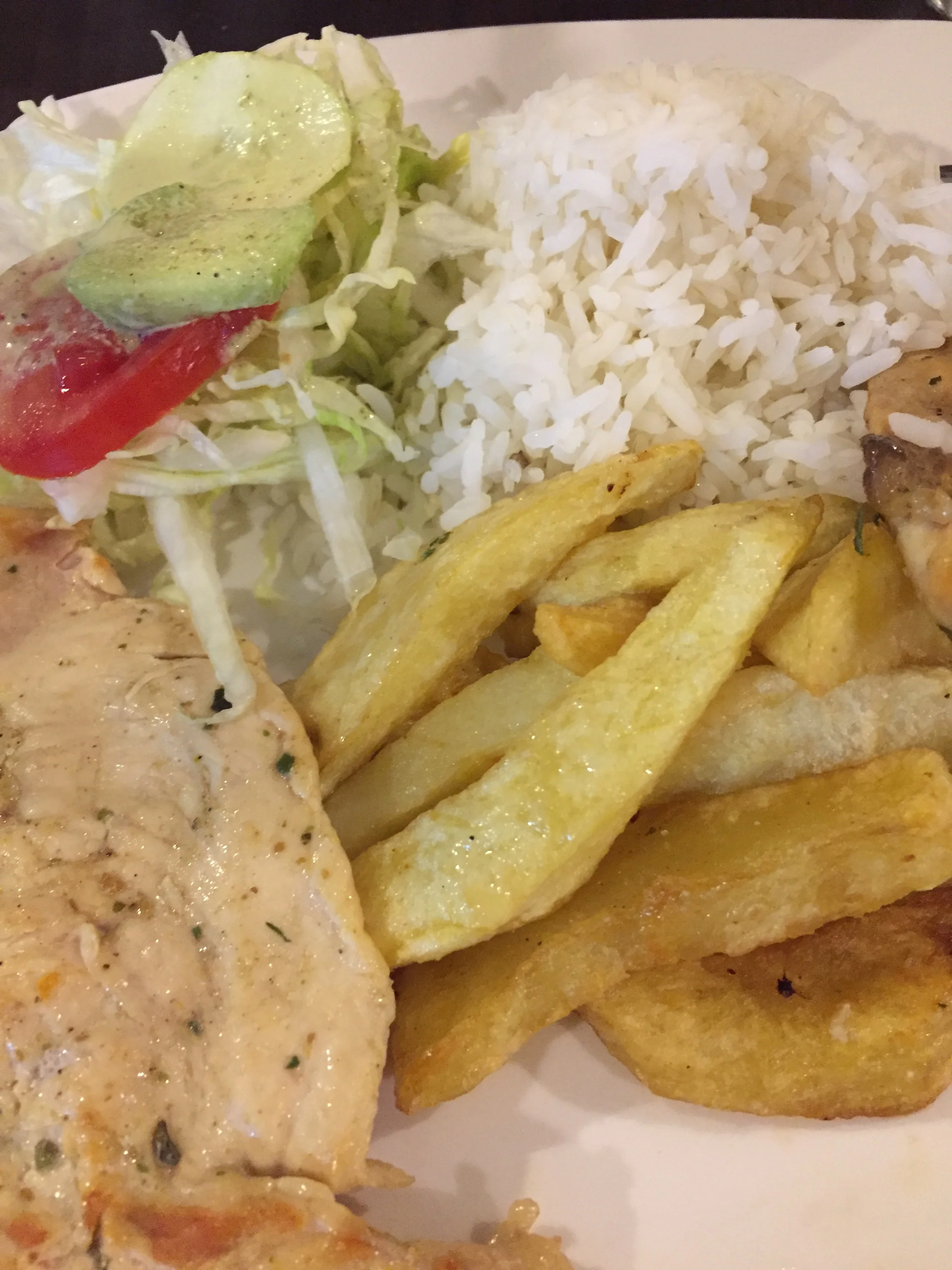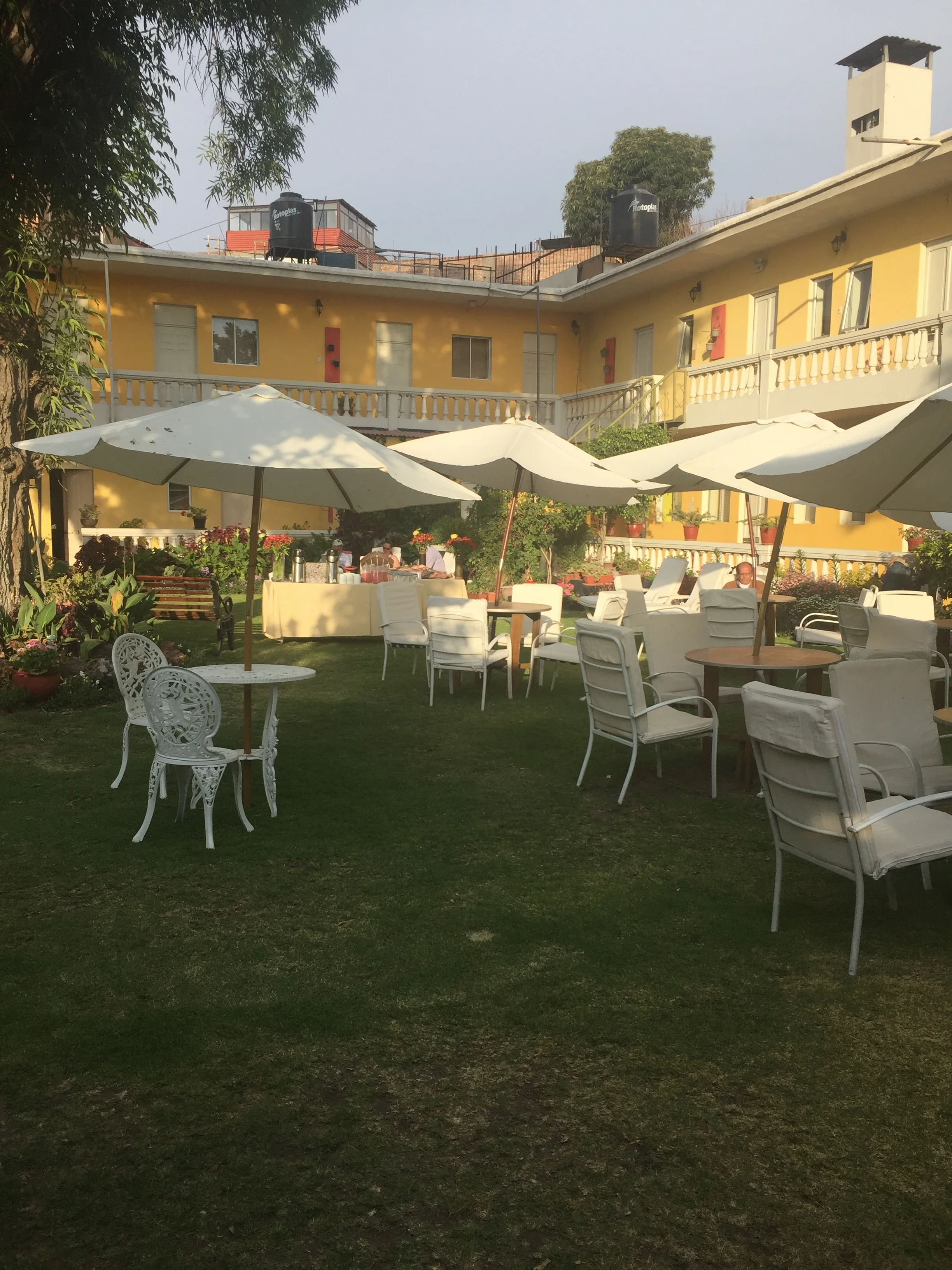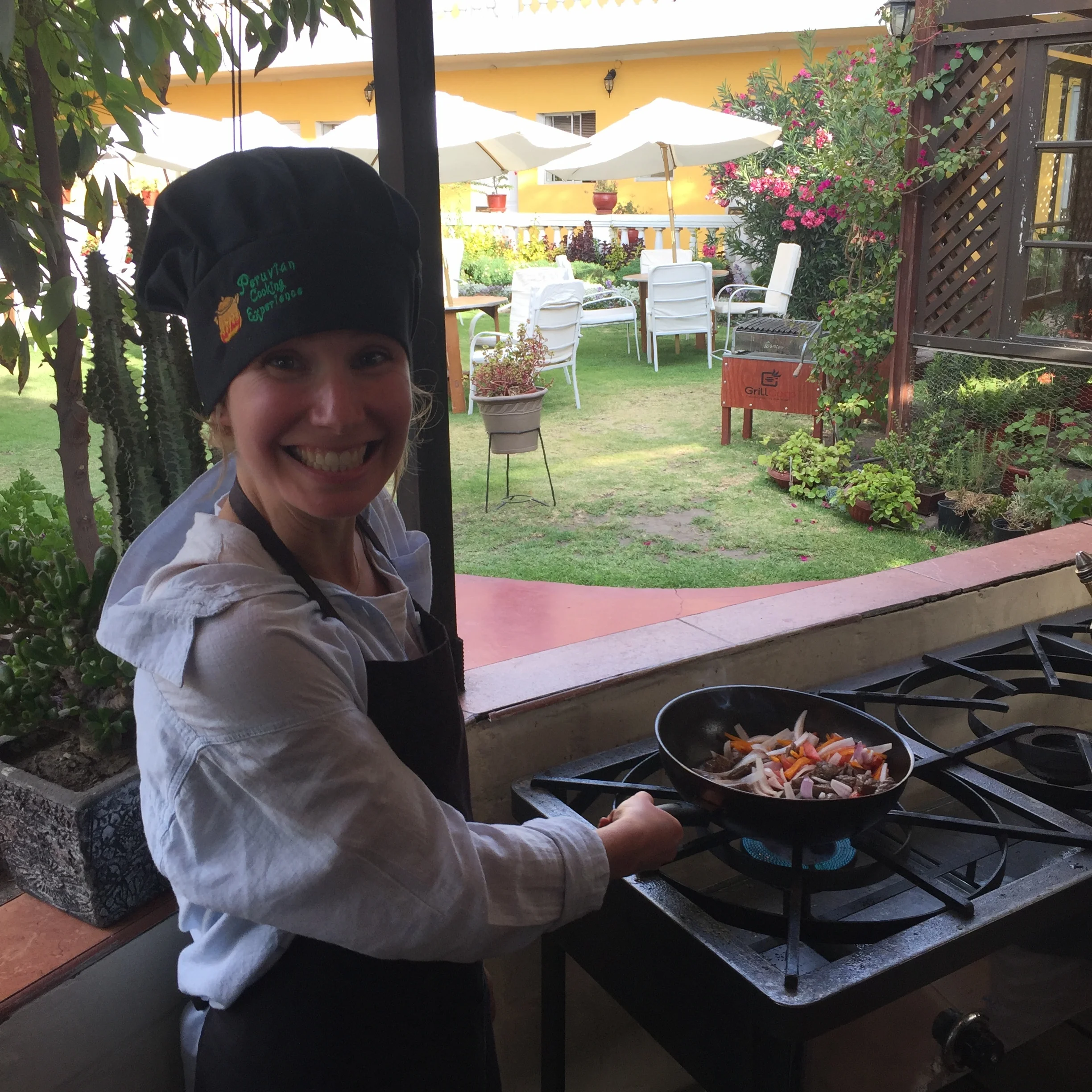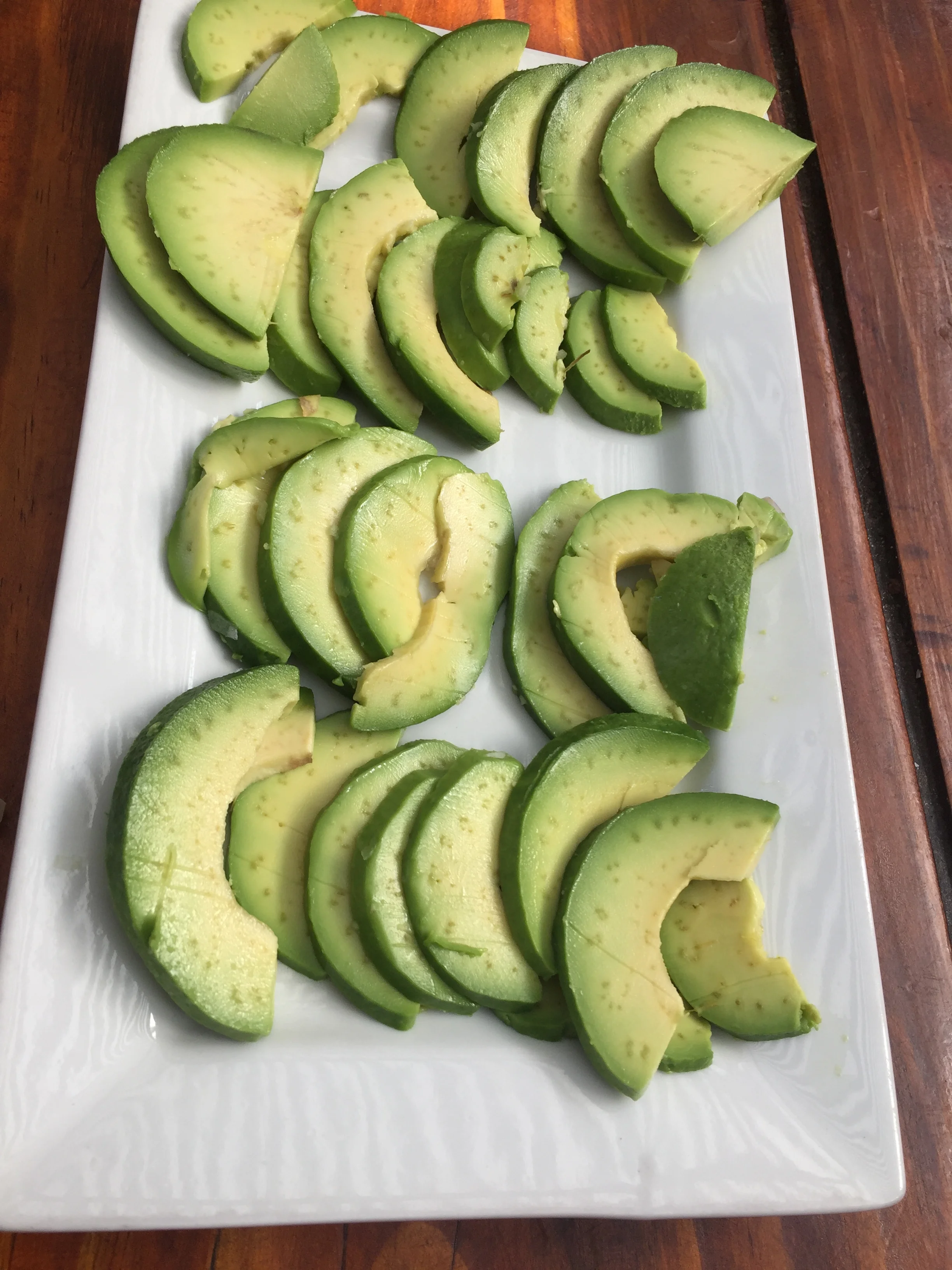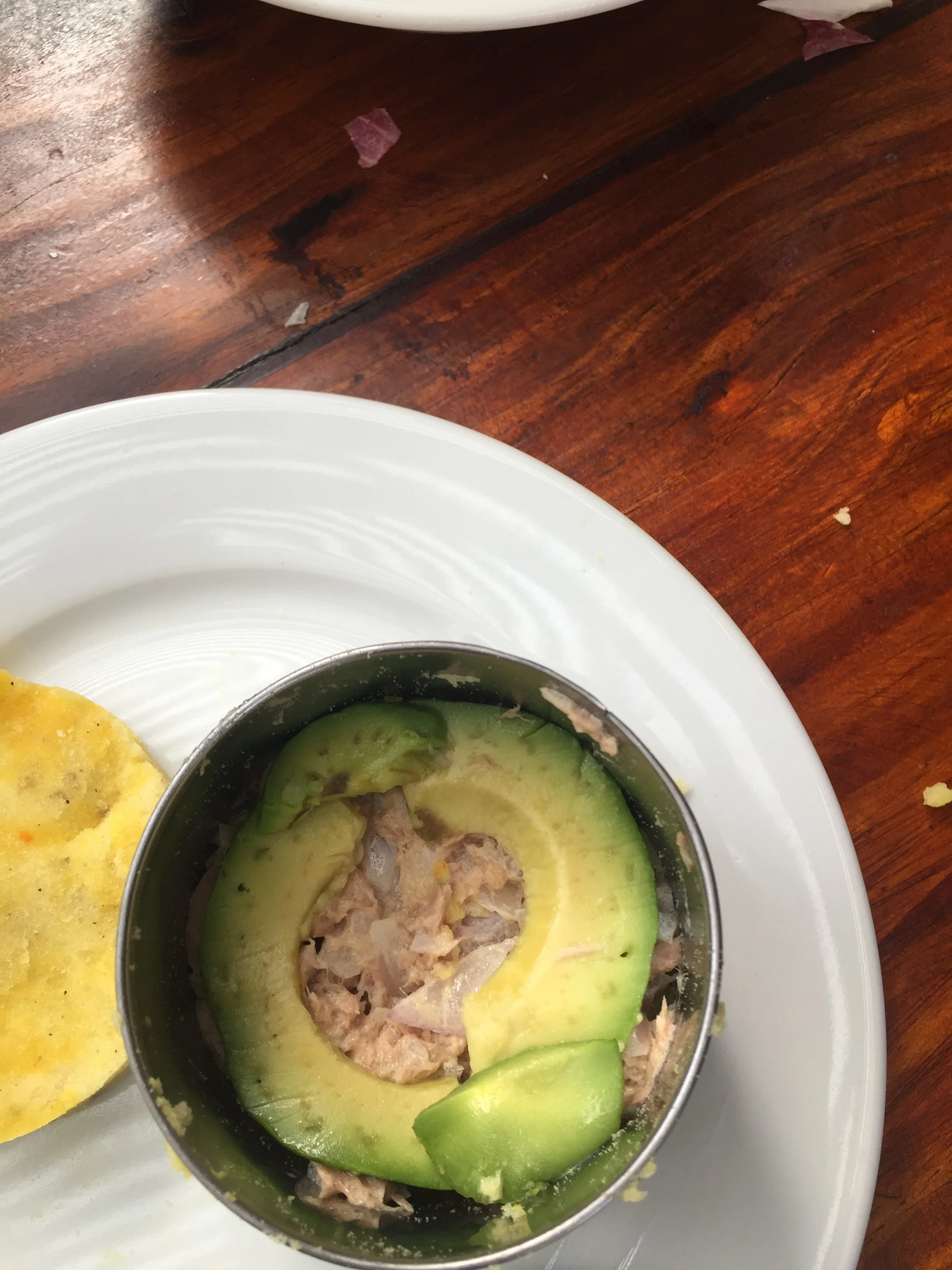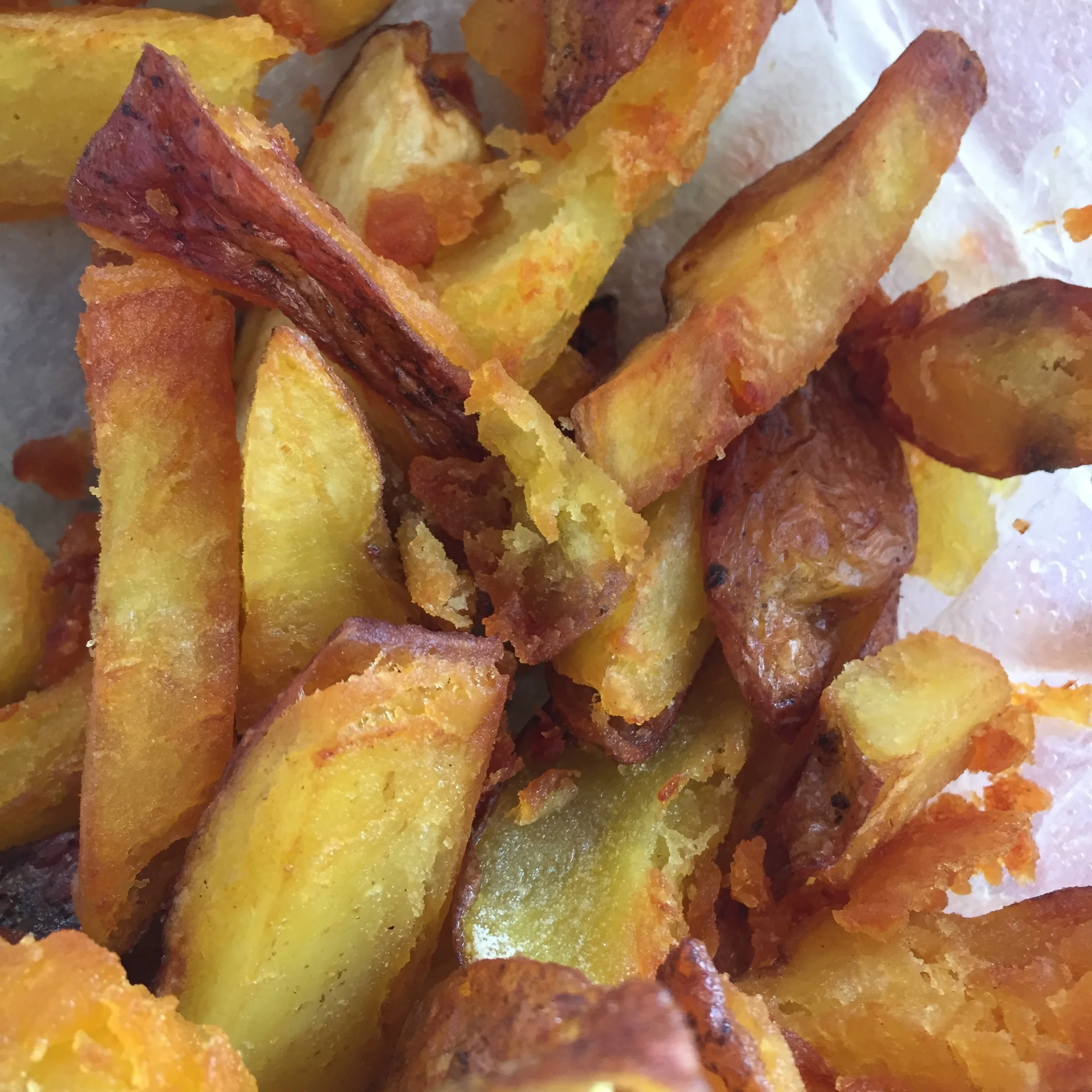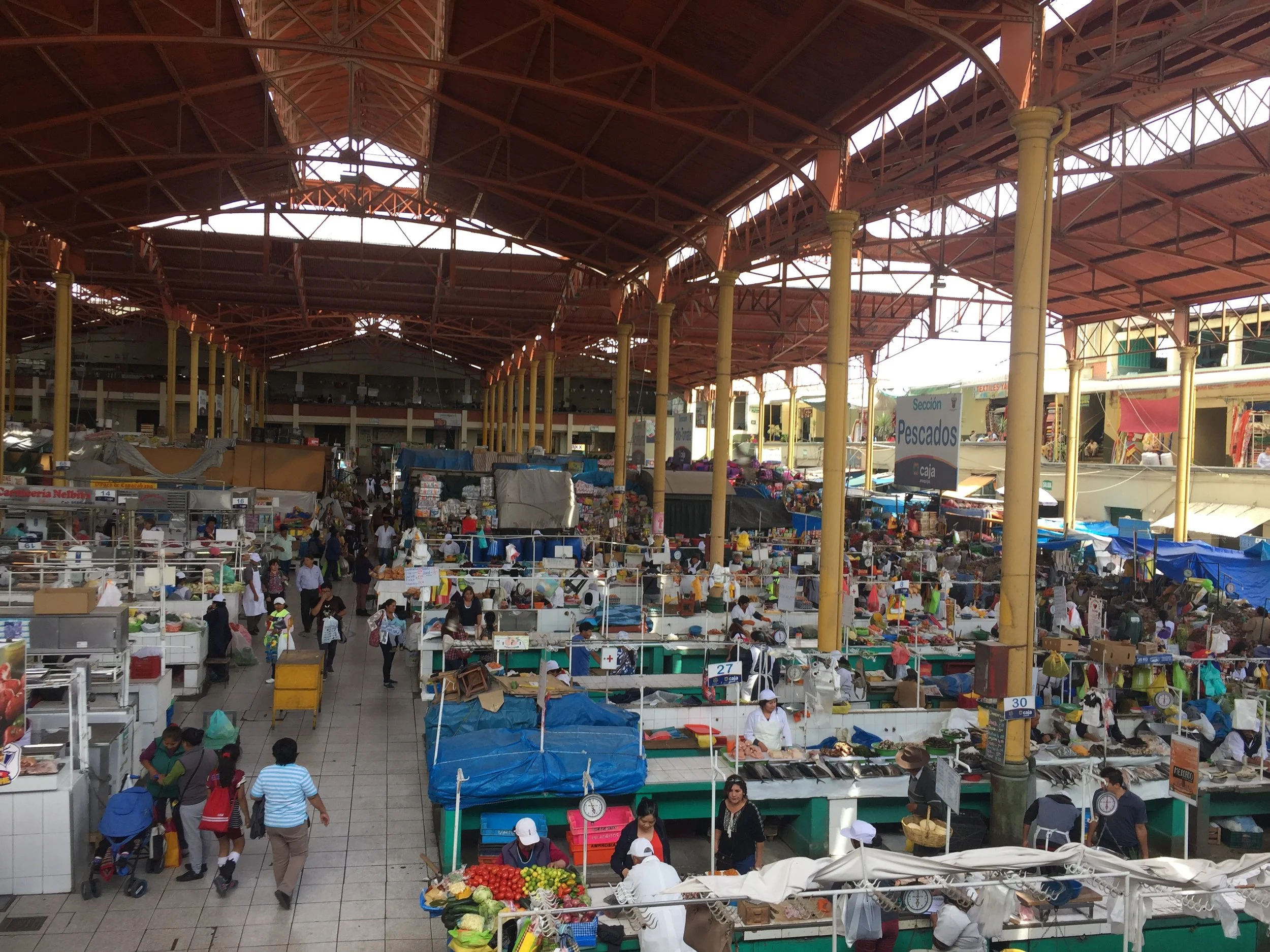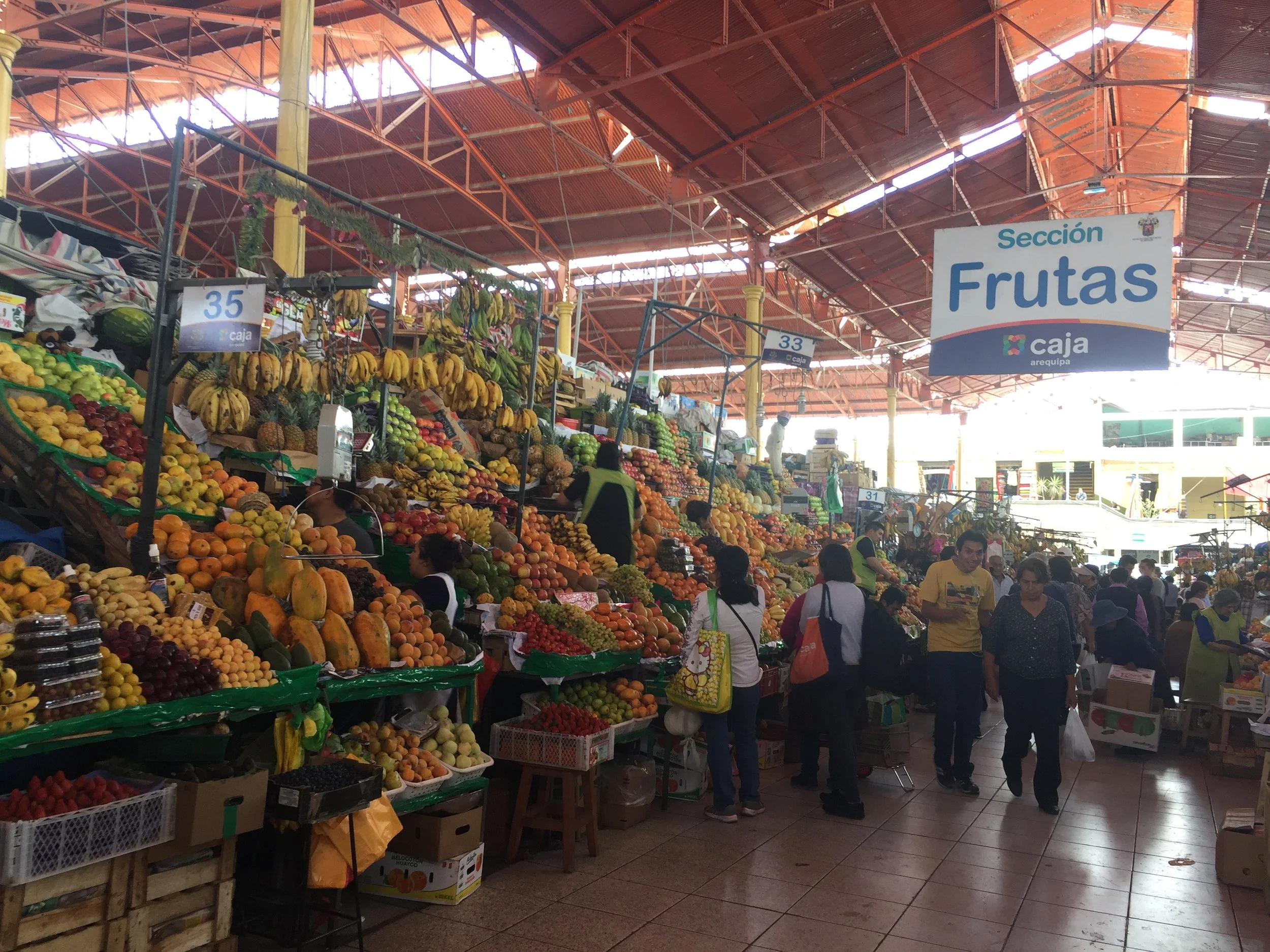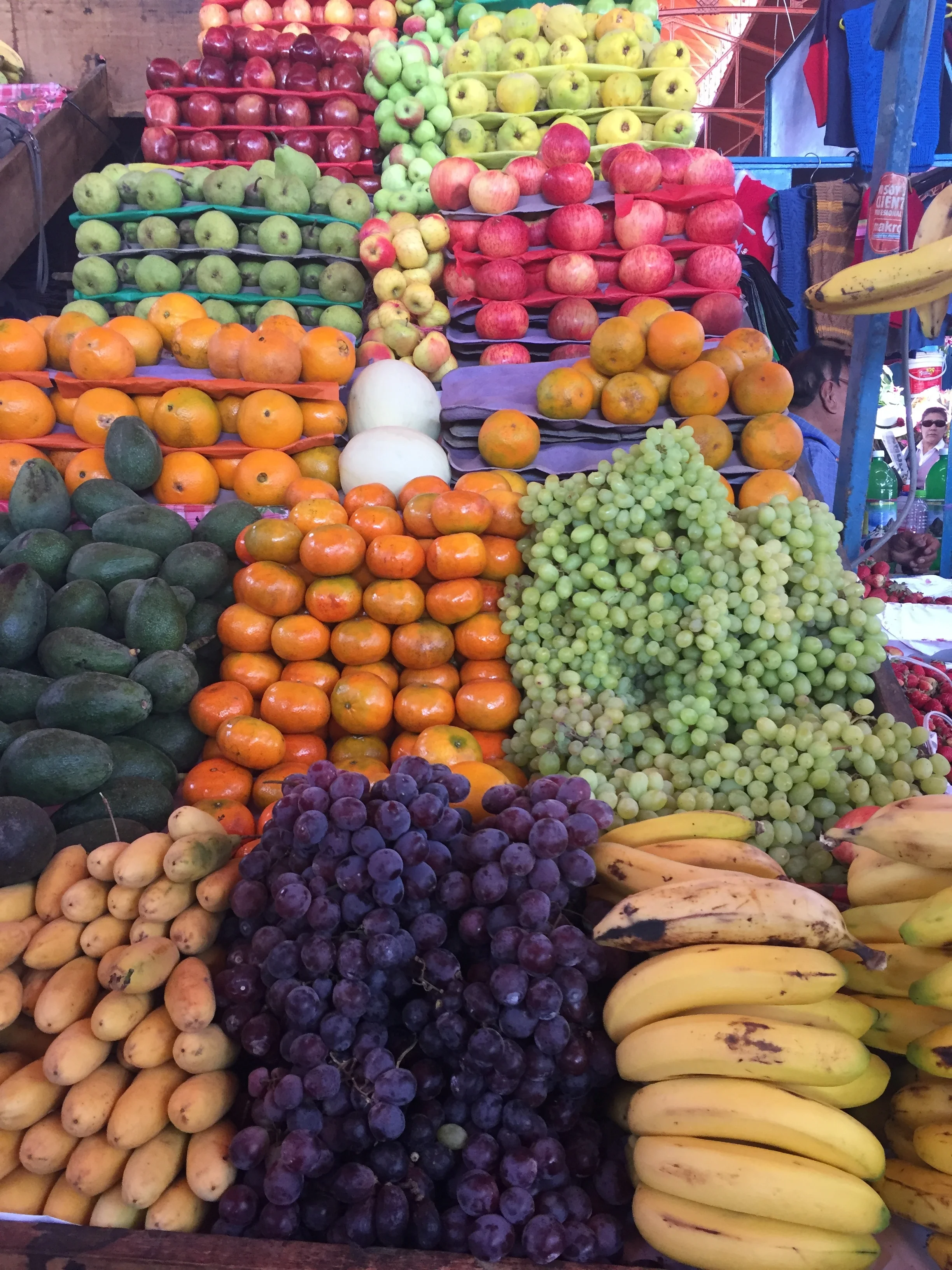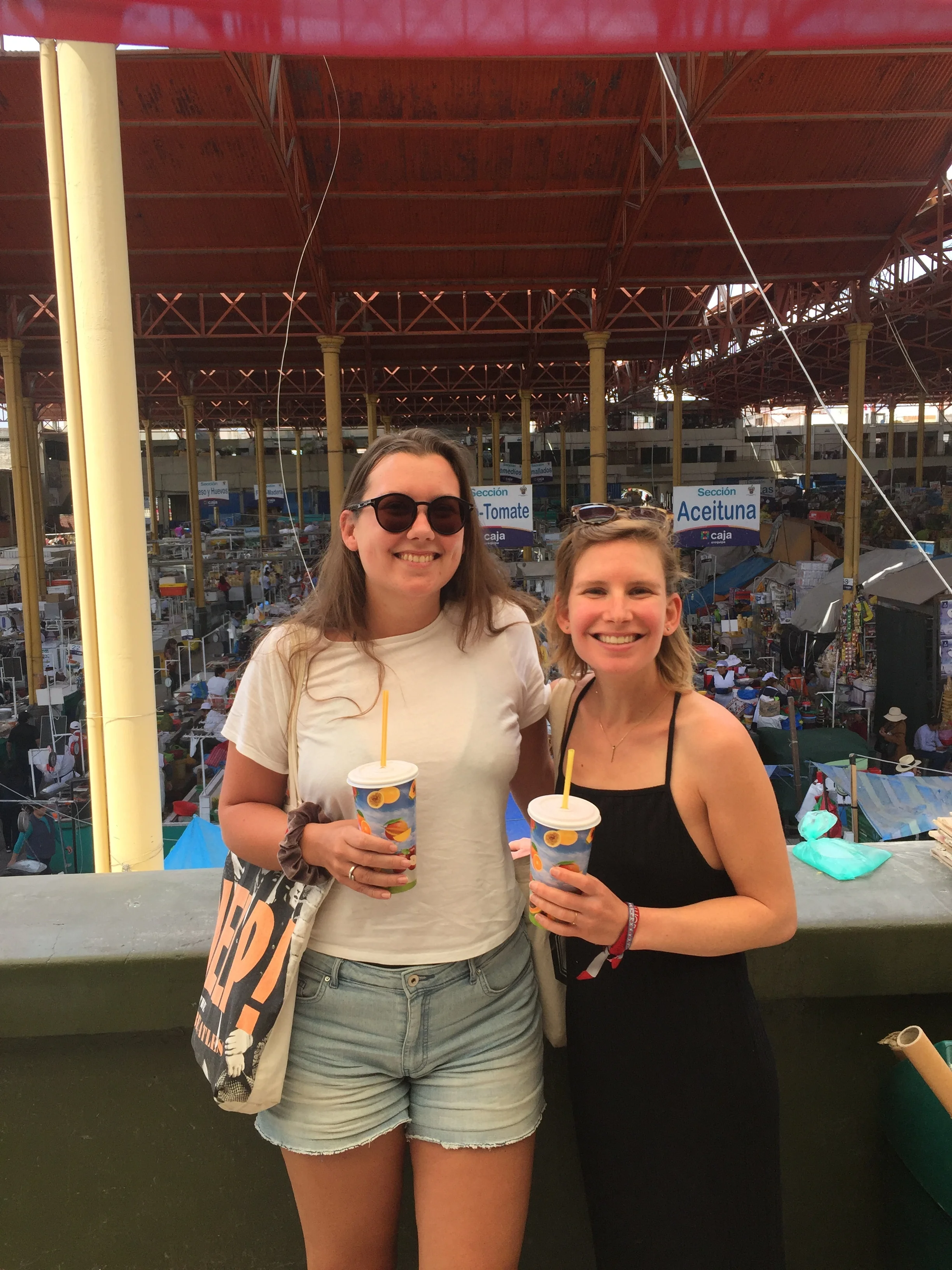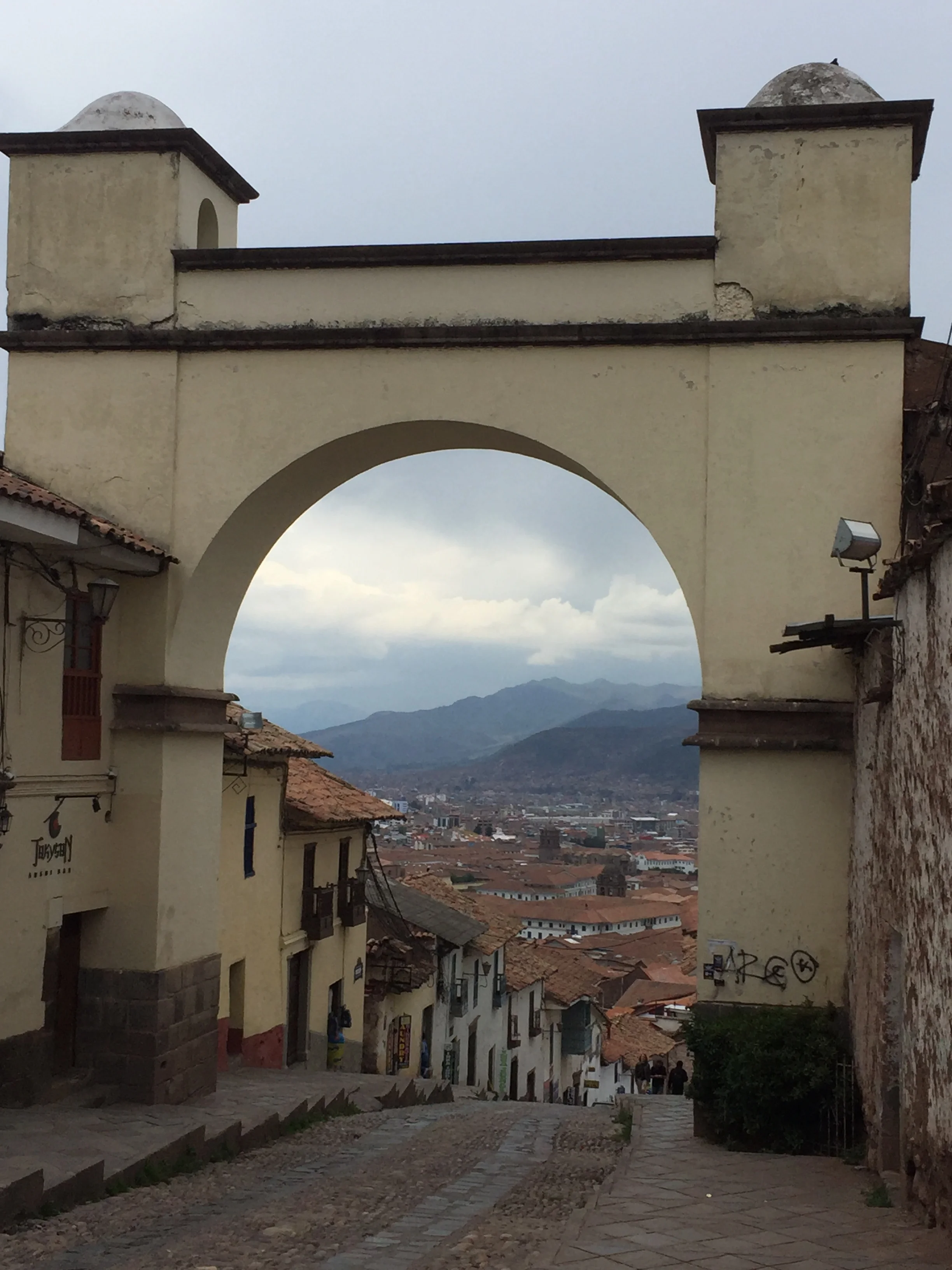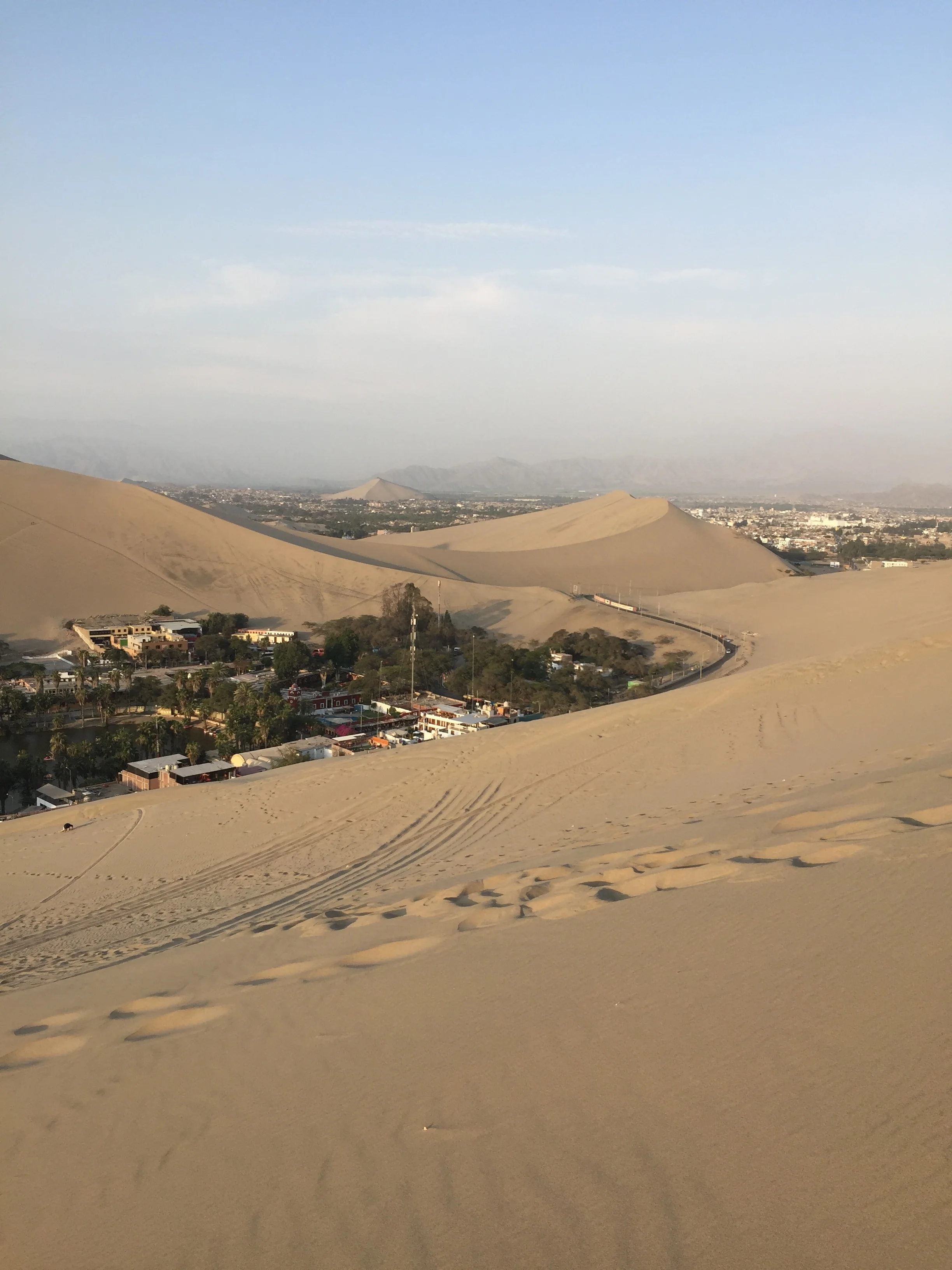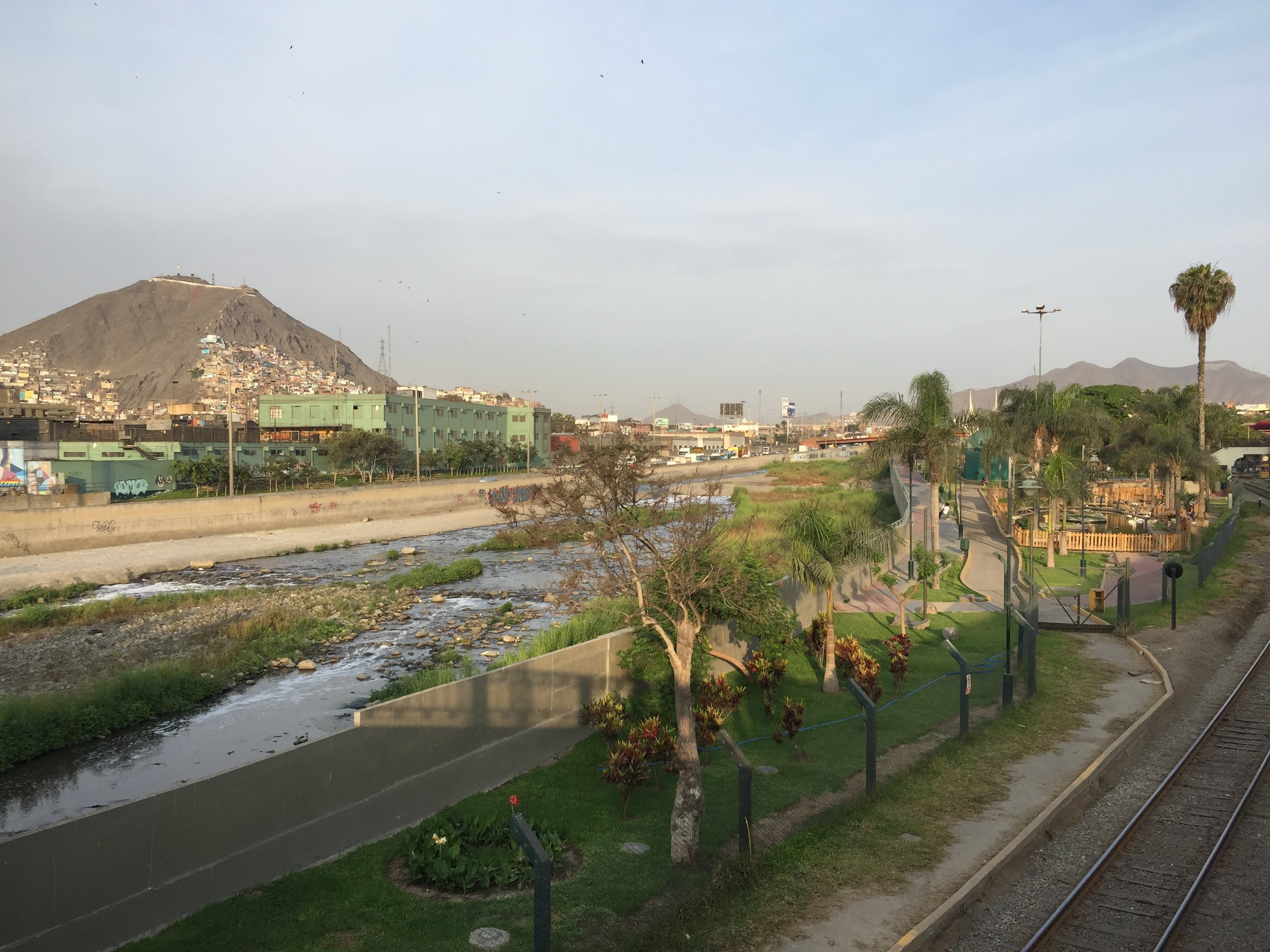Peru Hop II: Nazca and Arequipa
Everyone said to skip Nazca. It’s small. It’s unexciting. Will and I decided to stop in Nazca.
Nazca is of interest because of the Nazca Lines, which are massive geoglyphs etched in the Peruvian desert.
But the town itself? Our Peru Hop guides among others recommended we continue onto Arequipa, which has a greater allure. As such, none of the travelers we had previously met were stopping. Nonetheless, we found Nazca awesome.
Nazca has a deep rooted history. The city’s name stems from the Nazca culture, which was cultivated in the area between 100 BC and 800 AD.
Nazca was roughly a two and a half hour drive from Huacachina, and it’s six hours from Lima. On the drive you could feel reaching some serious altitude.
We stopped at the viewing tower, four wobbly staircases reaching 43 feet.
Although we were able to see three of the Nazca figures, it’s impossible to grasp the scope of the mysterious pre-Colombian works from the tower.
From that point, Will and I agreed we would take the flight the following morning for an aerial vantage point.
But first, we had an evening in Nazca. Not expecting much, we went out to explore.
We were shocked! There was a bright nightlife, fantastic restaurants, a center square filled with activity.
We couldn’t figure out why everything we heard strongly advised to skip this city.
We were kinda flabbergasted, feeling like we stumbled upon this not-so hidden gem.
We also had one of the best meals we enjoyed in Peru at La Kasa Rustika. We started with these highly addictive corn snacks that we became obsessed with and an avocado salad.
We had a generous portion of the Peruvian sea bass ceviche, which is typically accompanied by sweet potatoes, corn, and onion. And the chili pepper chicken in a yellow pepper cream sauce with pecans. A nicer meal such as this one will set you back a total of roughly $20 USD.
We stayed in the Nasca Travel One Hostel and the following morning, the kindest woman prepared breakfast for us.
The fruit is so fresh! Can’t get enough. The eggs…still salty.
Before our flight, we ventured out to explore our neighborhood a bit.
It certainly wasn’t as polished as Paracas or Huacachina, but for us, it was a more genuine look into Peruvian life. And that’s what we loved about it.
When we came across the Saturday morning market, it was more of what I was expecting to find in Peru.
Stands of exotic fruit, stalls with local, homemade dishes served on plastic stools.
Honestly, it was refreshing to see, coming from the more tourist-centric towns. Don’t get me wrong, Nazca is still a popular stop, but the town itself isn’t as catered towards westerners. Mostly, I appreciated exploring all of the native produce.
I can’t imagine living day in and day out in the Ica desert. Nazca is one of the driest places in the world.
By late morning, we were ready for the flight. The UNESCO site is undoubtedly best viewed from a plane. Tickets cost roughly $110 per person for a 30 minute guided flight.
I’ve been on very small planes before, so I didn’t think much of it.
If anything, I was so excited. I kept hearing what an unbelievable experience it is to witness this unexplainable piece of history.
Although the Nazca lines remain an enigma, it’s believed they were some form of religious worship, hoping for water for crops.
Other theories are that the lines are related to celestial bodies and that the Nazca Lines point to where these constellations will rise on important days to the Nazca people.
There’s no definitive answer. It’s estimated that they were created between 500 BC and 500 AD and the lines stretch for a total of 50 miles.
While some are simply vast, other form recognizable shapes such as monkeys, lizards, or spiders.
The lines vary in complexity and size from 100 feet 650 feet. For example, the hummingbird is over 300 ft.
But I can’t lie here. The shaky flight affected me. I didn’t get sick, but definitely felt like I was on the verge. That being said, Will didn’t share this sentiment.
Such an incredible experience. I’ve certainly never seen anything that remotely compares. But similar to this guy, I was grateful to be back on land again.
We had an overnight bus that evening, and basically a full day Nazca. Unfortunately, there was a city-wide power outage for the entire day. It was unclear if that was a regular occurrence, but we made the most of it.
We boarded one of the nicest buses we’ve been on with our friend Amanda. The reclining cushioned seats made the nine hour bus ride not seem so bad.
We got into Arequipa at 5 a.m. Will and I wanted to slow down a bit, so booked an airbnb for five nights.
We heard awesome things about Peru’s second largest city.
Many consider it to be the most beautiful city in Peru.
It’s roughly 7,660 feet above sea level. The Misti Volcano towers over the city, peaking at over 19,000 feet.
I was nervous about getting altitude sickness, and we even preemptively bought pills to combat it. But we were both totally fine. Besides feeling winded walking up the steep, often narrow streets, we were lucky it was a complete nonissue for us.
We did, however, feel a small earthquake. While the ground shivered and we both had to steady ourselves, we’re told this is common in the region.
Arequipa has an unique, complex past with a strong tradition of verbal history. To gain a better understanding, we visited the Museo Santuarios Andinos. The museum is devoted to Juanita, the “Inca Ice Maiden.” Likely under the age of 15 years old, she was killed as an “offering” to the gods in the 1450s.
Photos were not permitted in the museum, but you can view her preserved body in a glass refrigerator. It feels strange and unnatural to witness. And yet provides tremendous insight into past, devoted cultural practices.
When walking around the city, you get a sense of a more recent history. Much of the city’s architecture is rooted in colonial style, yet is distinct from many other Peruvian cities.
It’s dubbed “La Ciudad Blanca” or the “White City,” given that many of the buildings are constructed out of “sillar,” a white rock obtained from nearby volcanoes.
The entire historical center is a UNESCO site, due to the array of monasteries, museums, and churches.
Specifically, the Basilica Catedral De Arequipa is neorenaissance in style and an omnipresence in the city square. Constructed over 400 years ago, it’s battled several earthquakes, but still stands in pristine condition, considering.
We found that the general cultural feel of the city differed from the rest of Peru. It seemed like a cleaner, quainter version of Lima.
Arequipeños carry a certain pride in their regional history and cuisine.
There was perpetually some demonstration or parade in the downtown square. A march for diabetes awareness, a full blown marching band, always something going on.
The scenic city felt more livable than other places in Peru we visited.
Trendy cafés, reliable wifi, and views of two dormant volcanoes at every turn.
Above all else, Arequipa is tremendously walkable.
However when strolling down different lanes, the dryness of the city felt all encompassing. The altitude alone made it feel labor intensive to walk up a slight hill. Dried up rivers were constant reminders of the dearth of rain.
We did find one park that was open and visited repeatedly. Parque Selva Alegre, located north of the city, was a quiet retreat from the rest of the city.
The llamas were also a major allure.
However, oddly enough, it was one of the only parks we found that was accessible to the public.
There were other small parks, but they were literally barred and locked. It was this first time this year that we really experienced a lack of access to communal green space.
Arequipa was also the first city we settled in for a while. We went grocery shopping for lunch and generally enjoyed having our own space in an apartment again.
That being said, we were keenly aware that the local cuisine in Arequipa is argued to be the most varied in all of Peru.
Menus of the day are very popular and an inexpensive way to grab a meal.
For $12 soles, around $3.50 USD, we were served the house soup, pollo a la plancha (grilled chicken), rice, fries, salad, and a drink of choice.
To gain a better understanding of the local cuisine, I took a cooking class with The Peruvian Cooking Experience.
As part of Casa de Avila Hotel, the open kitchen was essentially in a beautiful courtyard.
We were cooking a traditional menu of causa and lomo saltado.
Causa rellena is a layered potato dish. There are over 3,000 different varieties of potatoes in Peru, so the diet is rich in starch. I drew the short straw and was tasked with dicing onions. But luckily also the avocado. I was getting spoiled in Peru with the abundance and affordability of avocados.
Causa rellena is a staple in the Peruvian diet. Causa refers to the yellow potato and rellena refers to the stuffing.
The final product is a carefully layered stack of a spiced mashed potato, tuna salad, avocado, and tomato. The fillings are highly adaptable.
Lomo saltado is also a super popular Peruvian dish. Much of Peruvian cuisine is actually a fusion with Chinese cooking techniques, embodied in this dish.
The chifa tradition, Chinese cooking in Peru, originated when an influx of Southern Chinese immigrants came to Peru in the late 19th and early 20th century.
The stir fry combines sirloin or tenderloin, onions, and tomatoes with soy sauce, oil, and pisco or brandy. As with most dishes, it’s served with rice and fries.
It was an awesome class and everything was super tasty. I will say, the heavy hand with soy sauce helped explain the saltiness to literally everything. We also found that Peruvians love their sweets. Inka Cola, which has a sickeningly sweet bubblegum or cream soda taste, was ever-present.
And people can be constantly spotted walking down the street with ice cream, or entire, elaboratly decorated cakes. Baked goods were everywhere. In shops, in stalls, out of the back of vans.
An thus, it wasn’t difficult to enjoy a slice of carrot cake on my half birthday. Yes, I indeed love celebrating birthdays that much.
A more centralized place to find sweets was the San Camilo Market.
The local market is only four blocks southwest of the Plaza de Armas. You can literally find anything, but I was most interested in the local fruit juices and smoothies.
We tried one with cherimoya, also known as a custard apple that has a creamy tropical taste. Mark Twain infamously dubbed it “the most delicious fruit known to man.”
Ultimately, we enjoyed Arequipa, but perhaps not to the extent that others had made it out to be. It was so hyped up. We heard such amazing things: it’s a digital nomad hub, it’s different than the rest of Peru.
While all this may be true, we had such high expectations we felt a bit let down. I think if we experienced it without preconceived notions, we would have loved it more. Regardless, it was a great place to recoup before carrying on with our Peruvian adventure.



